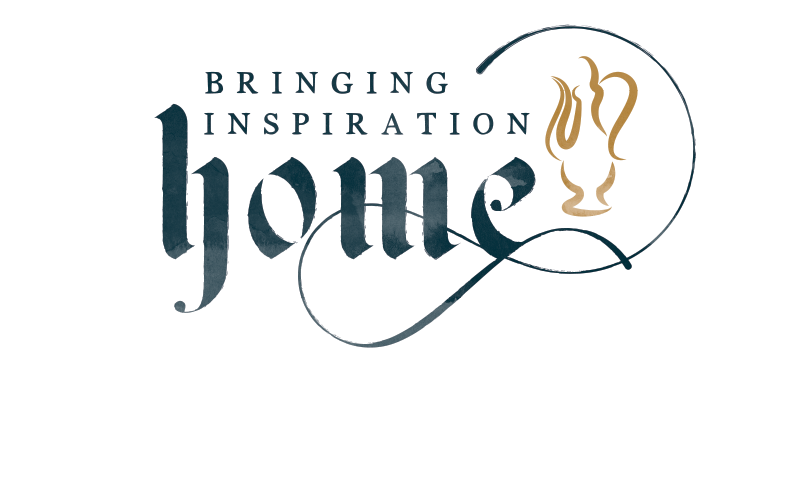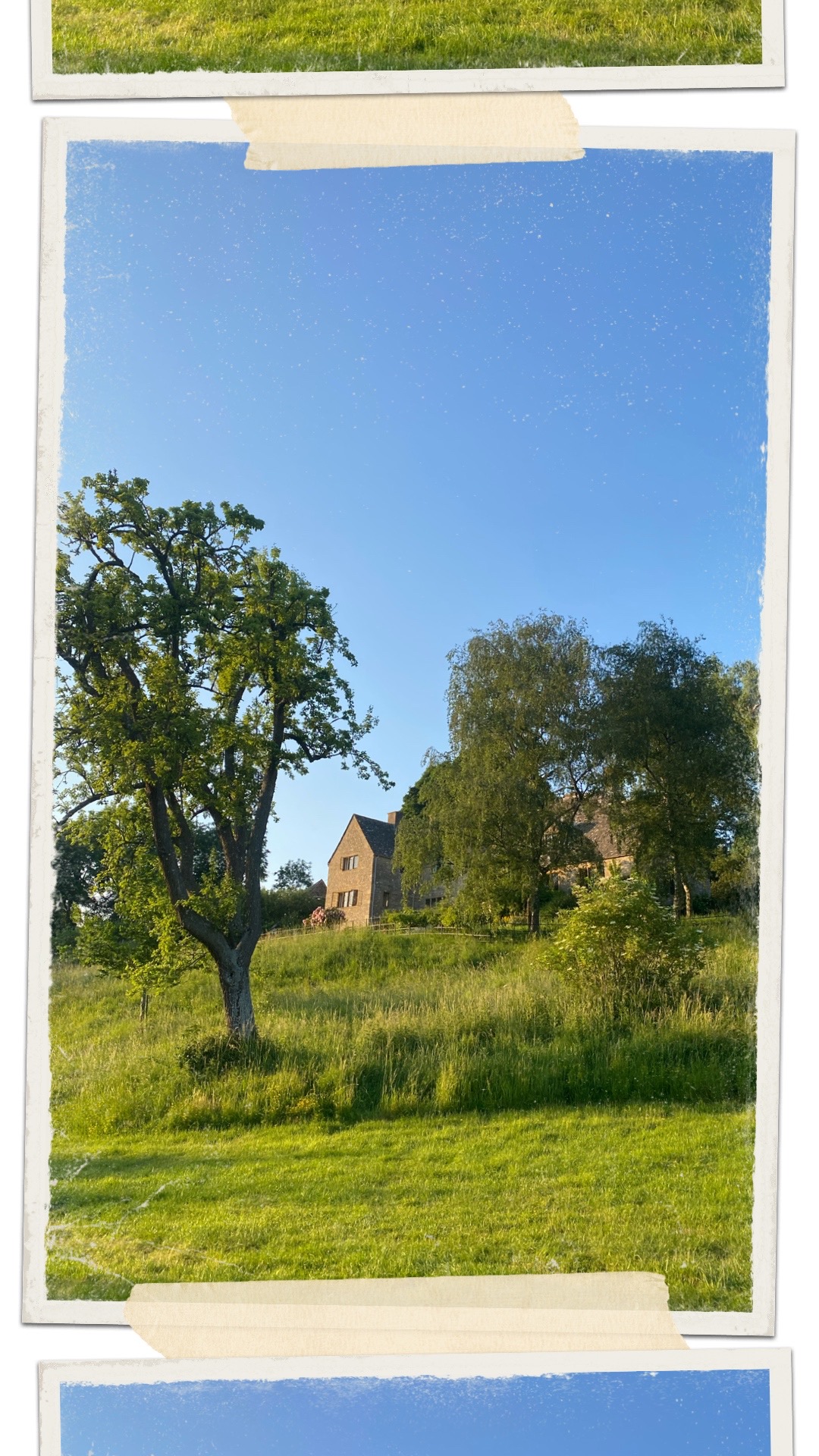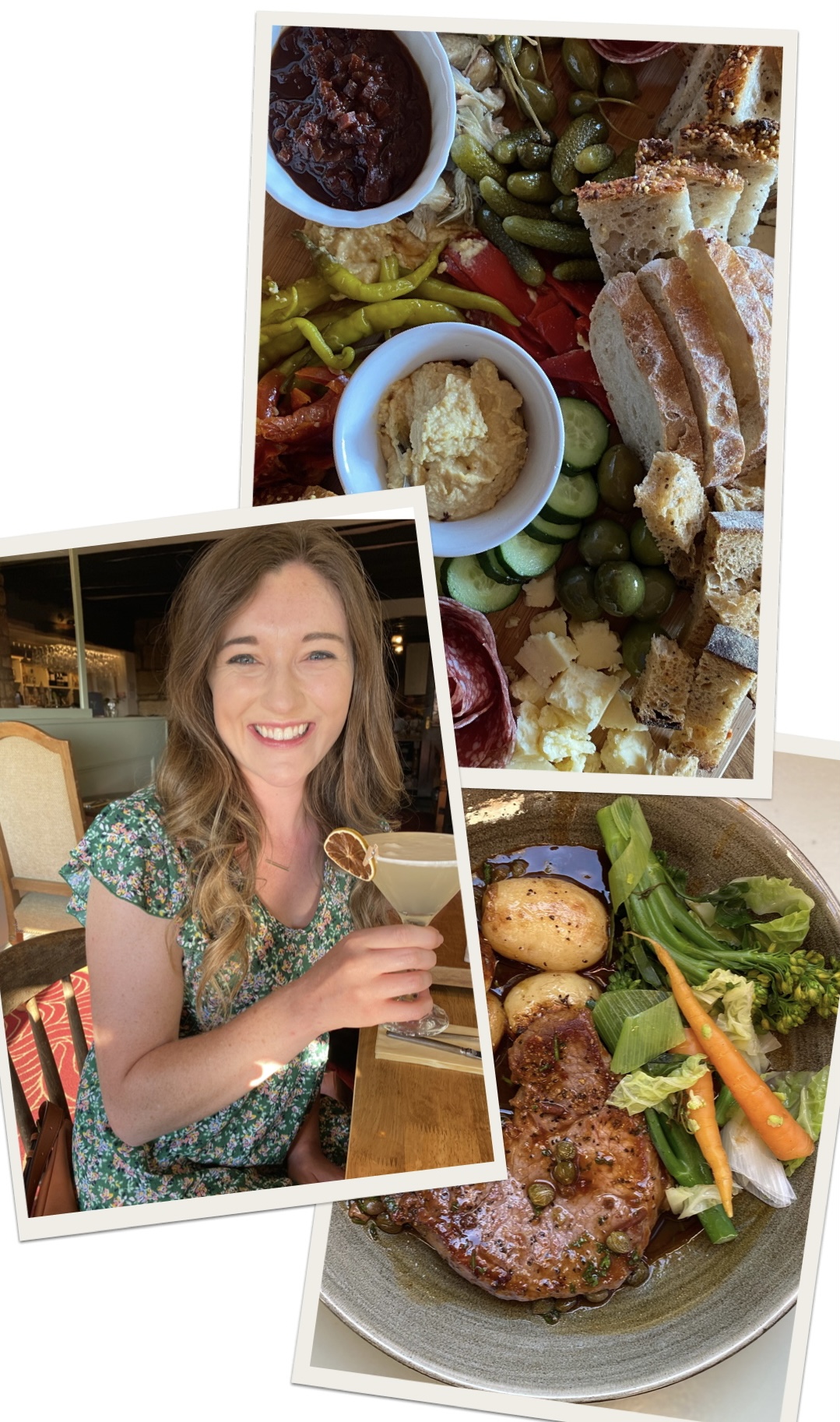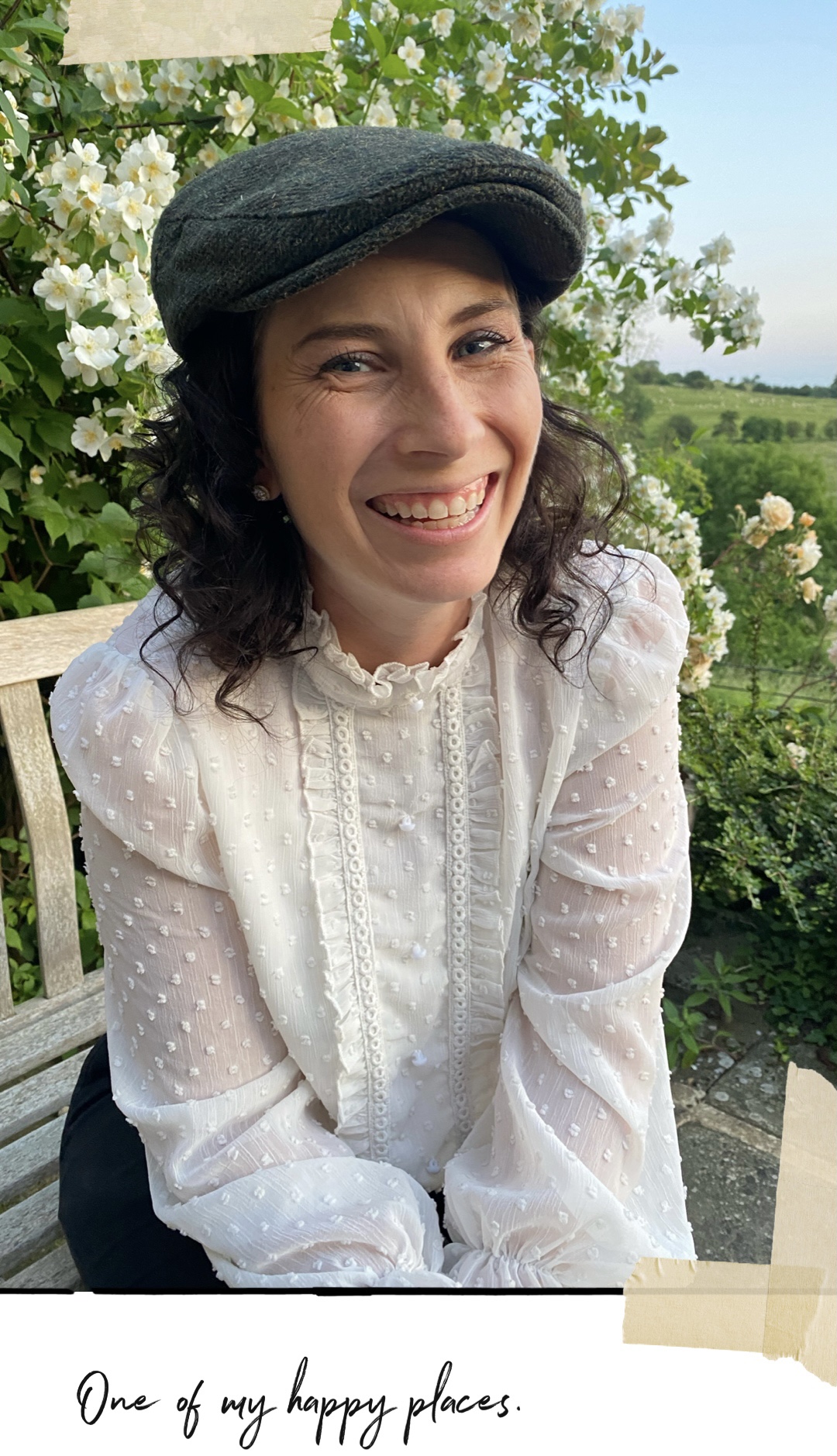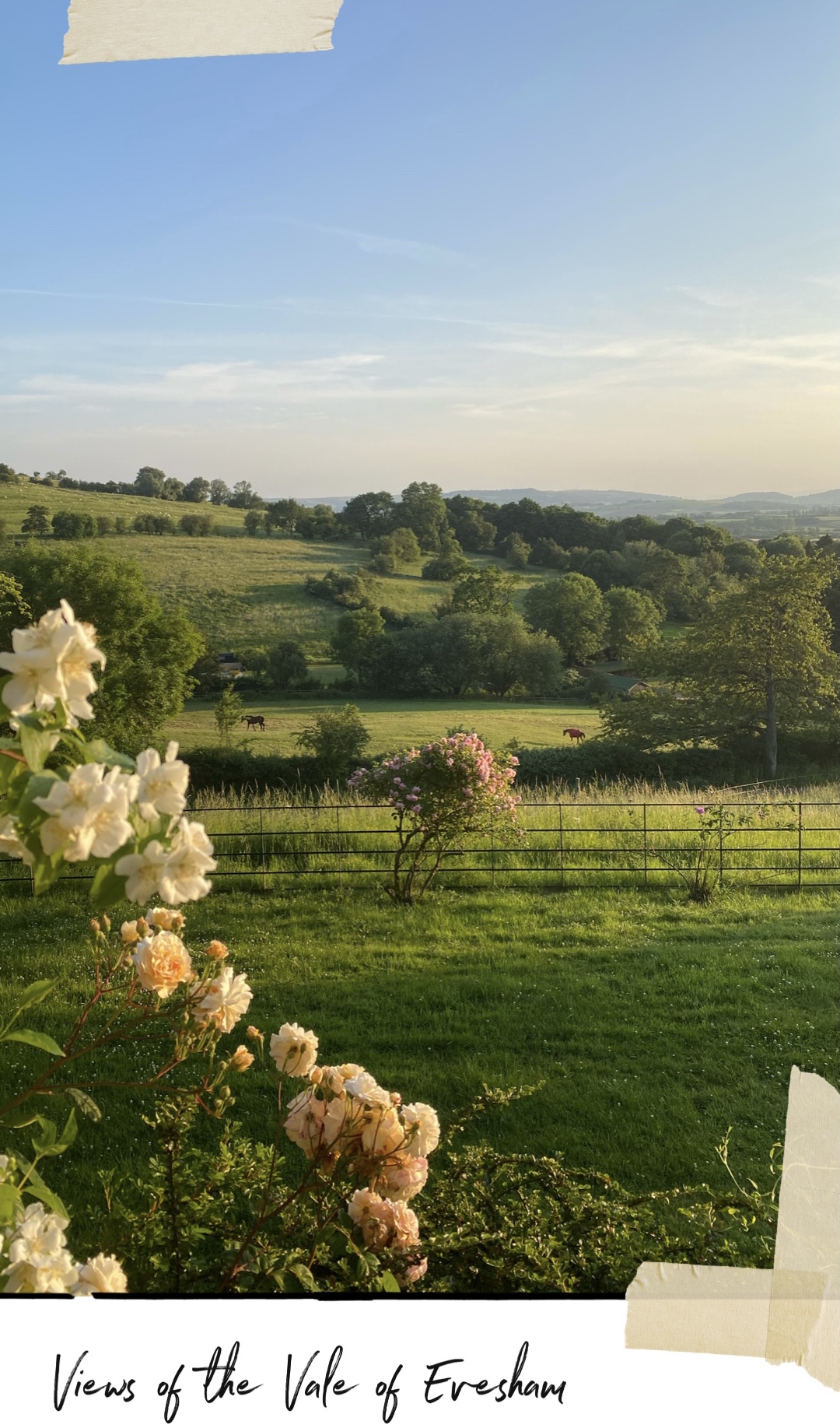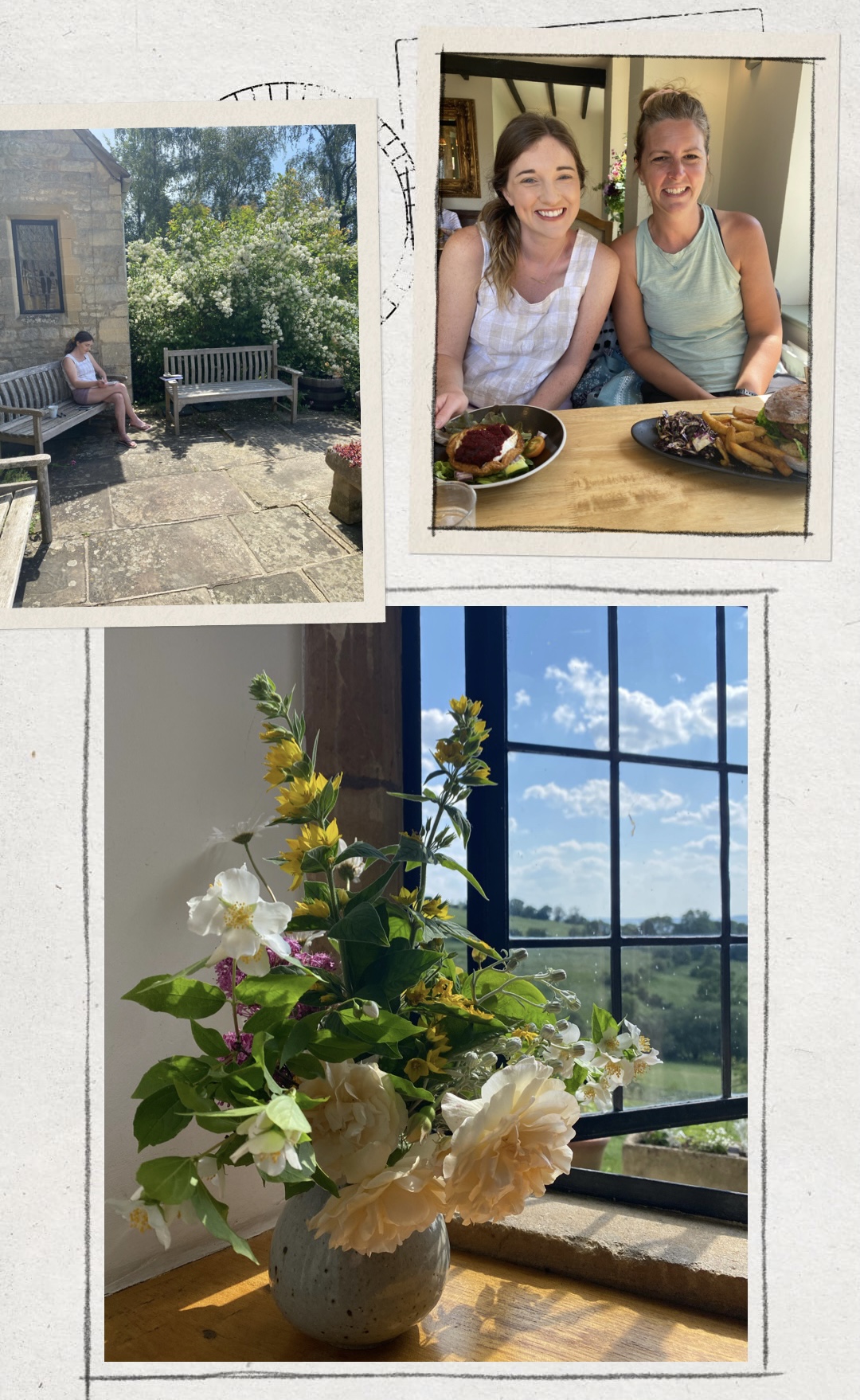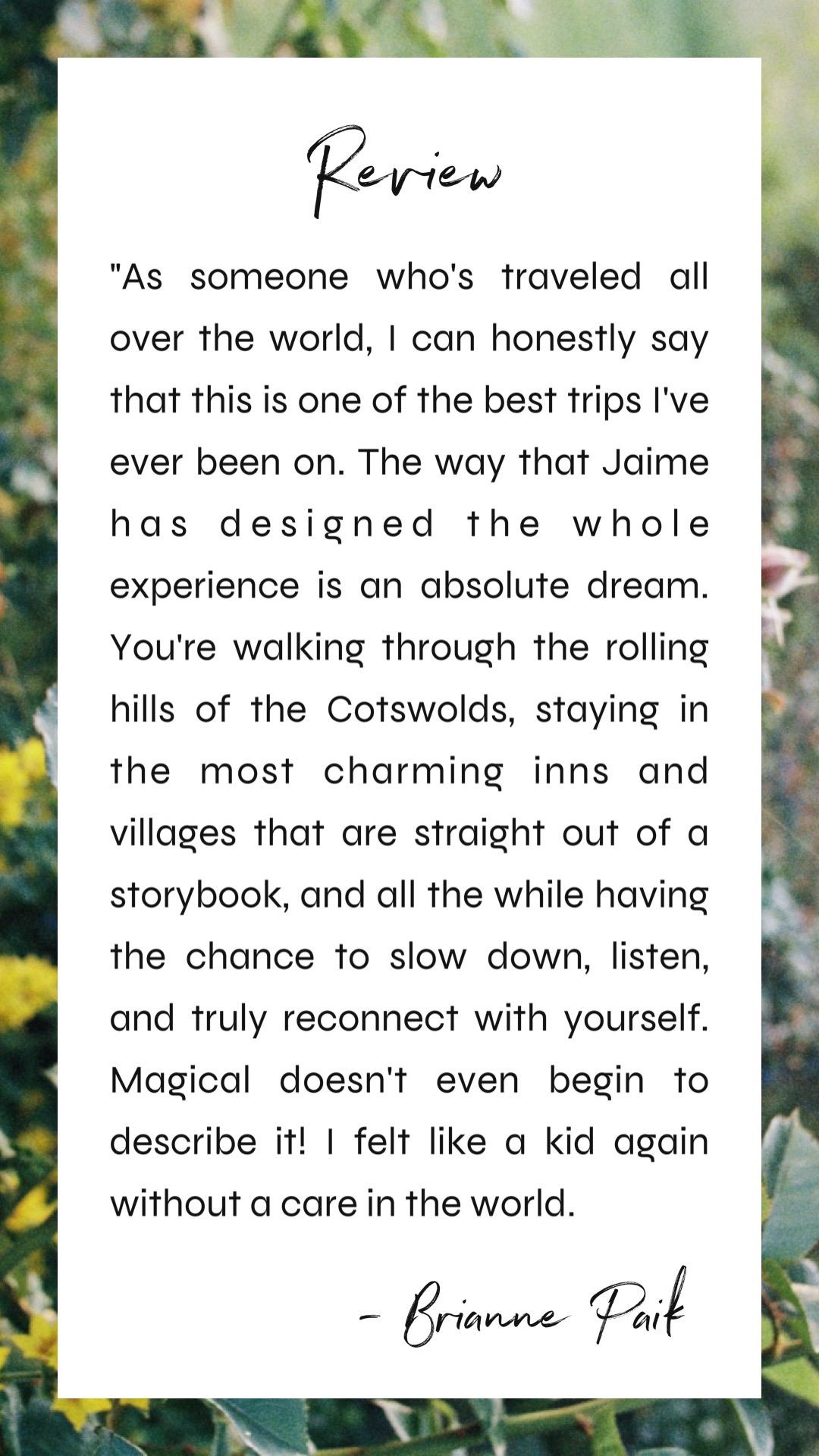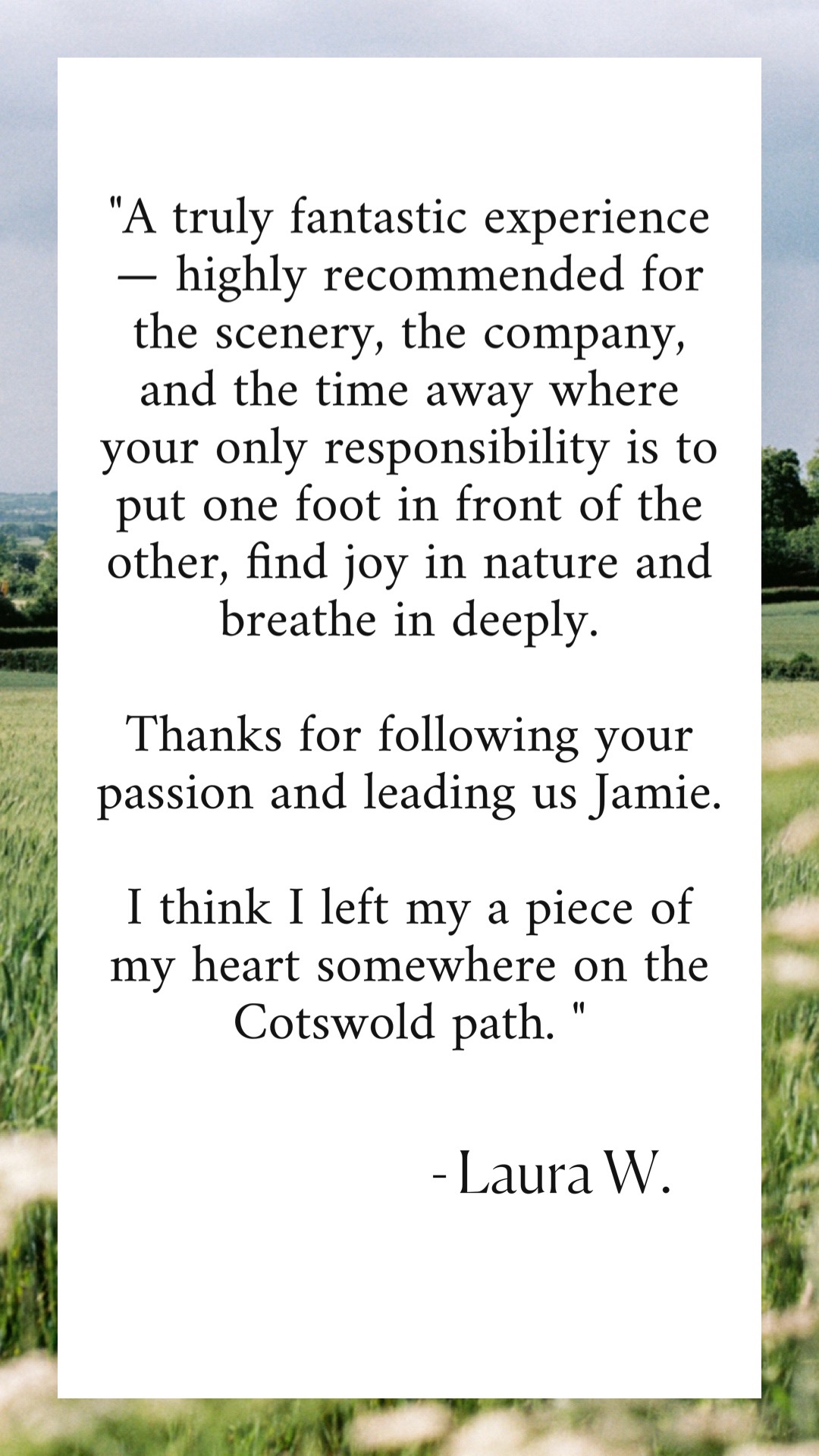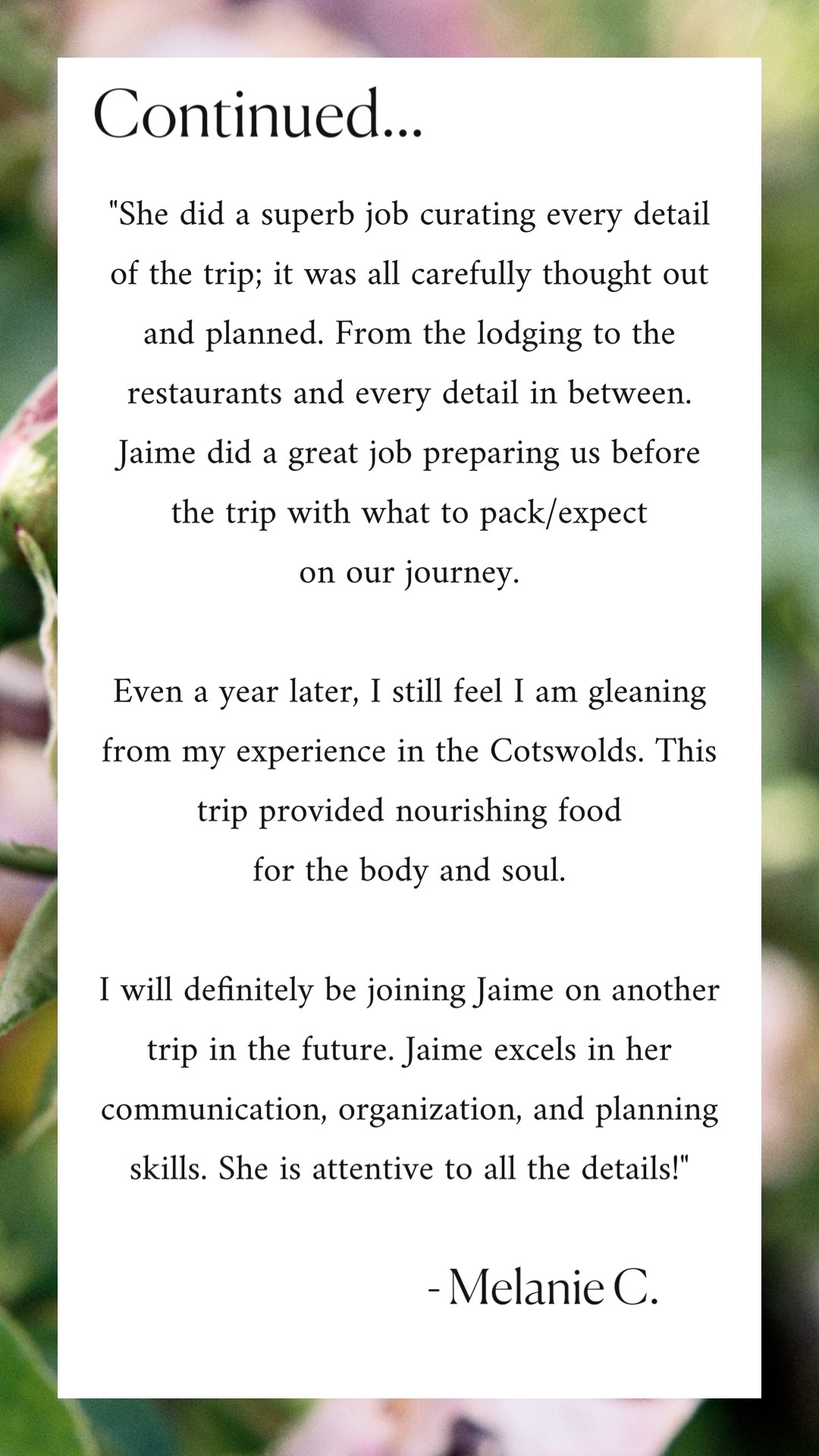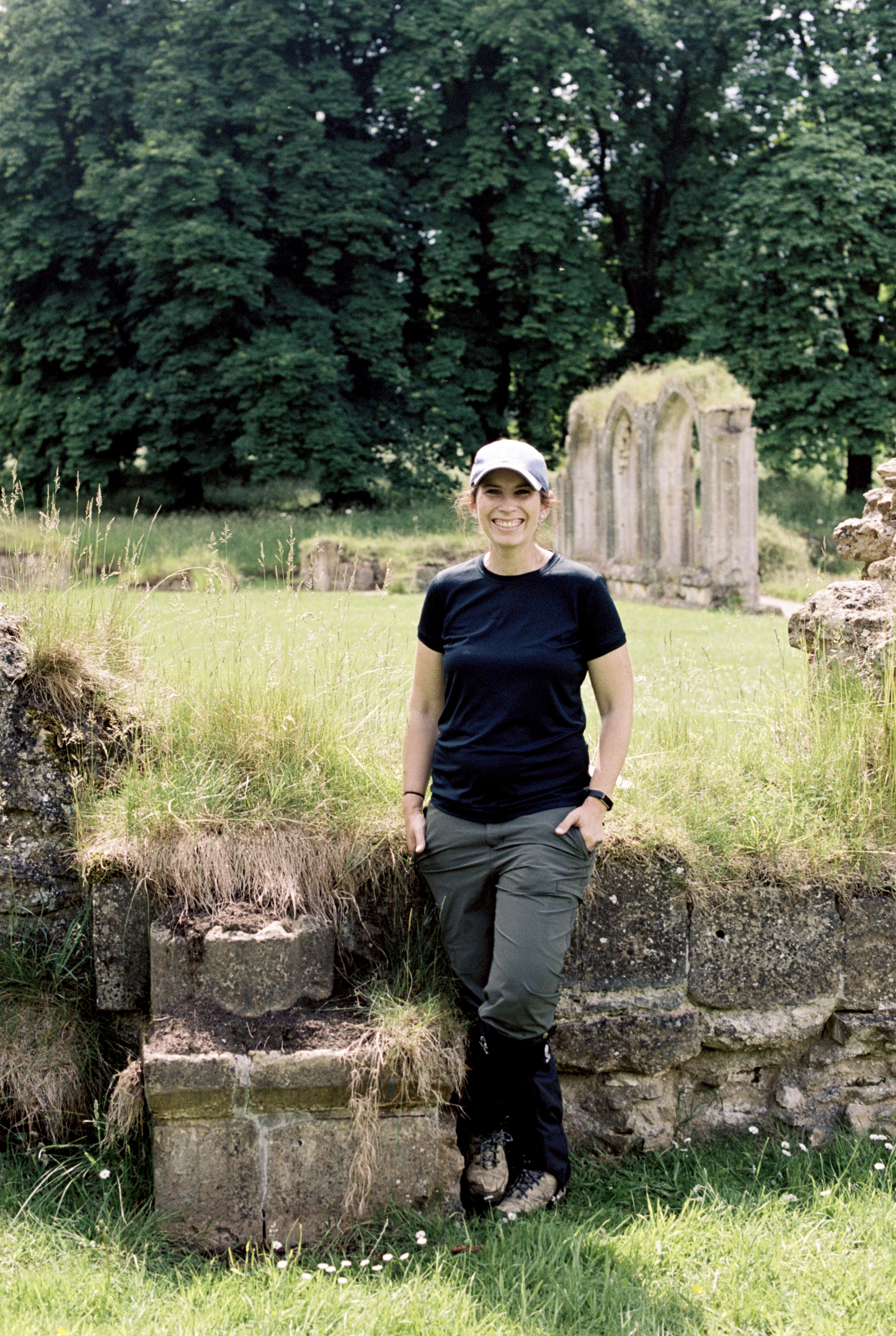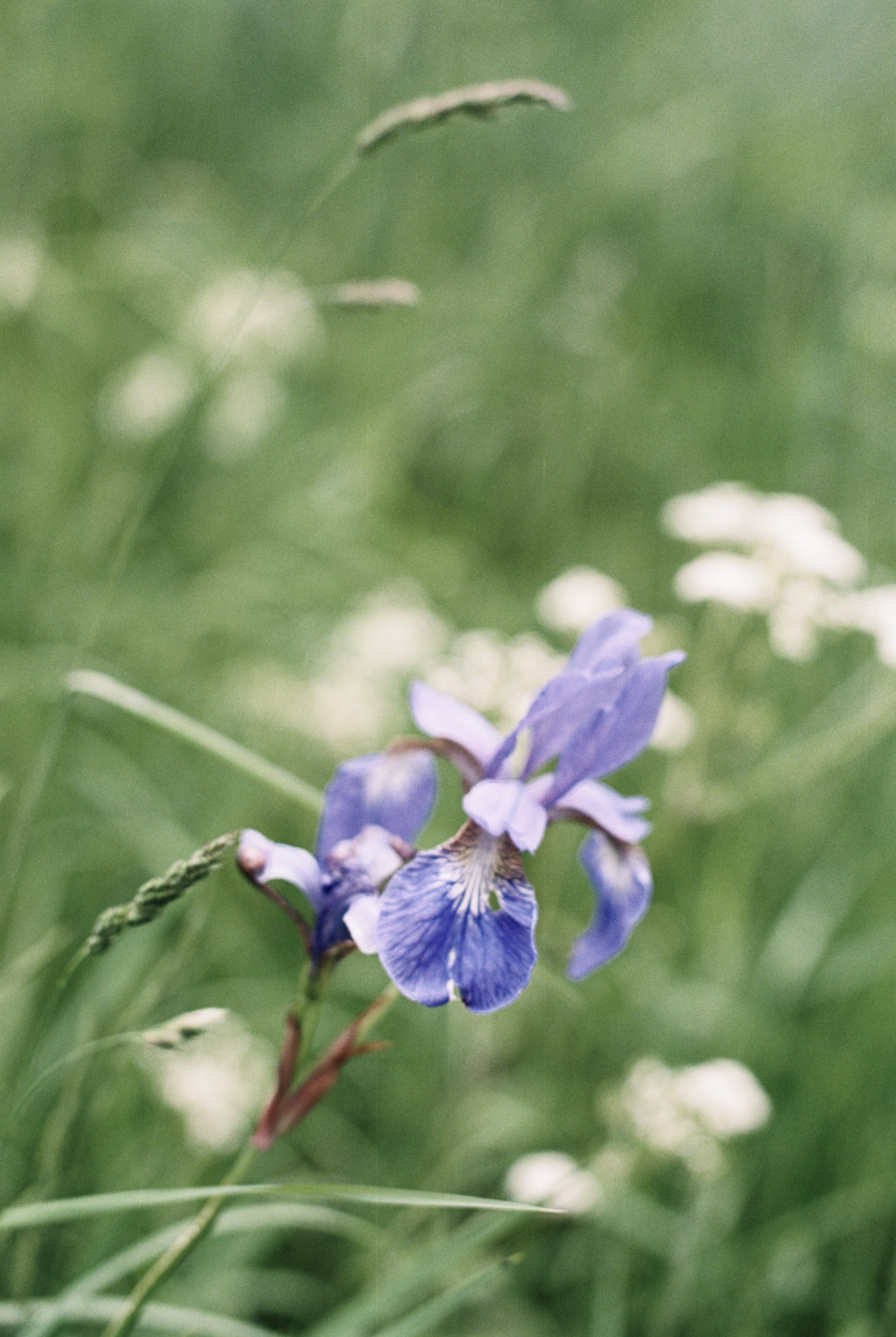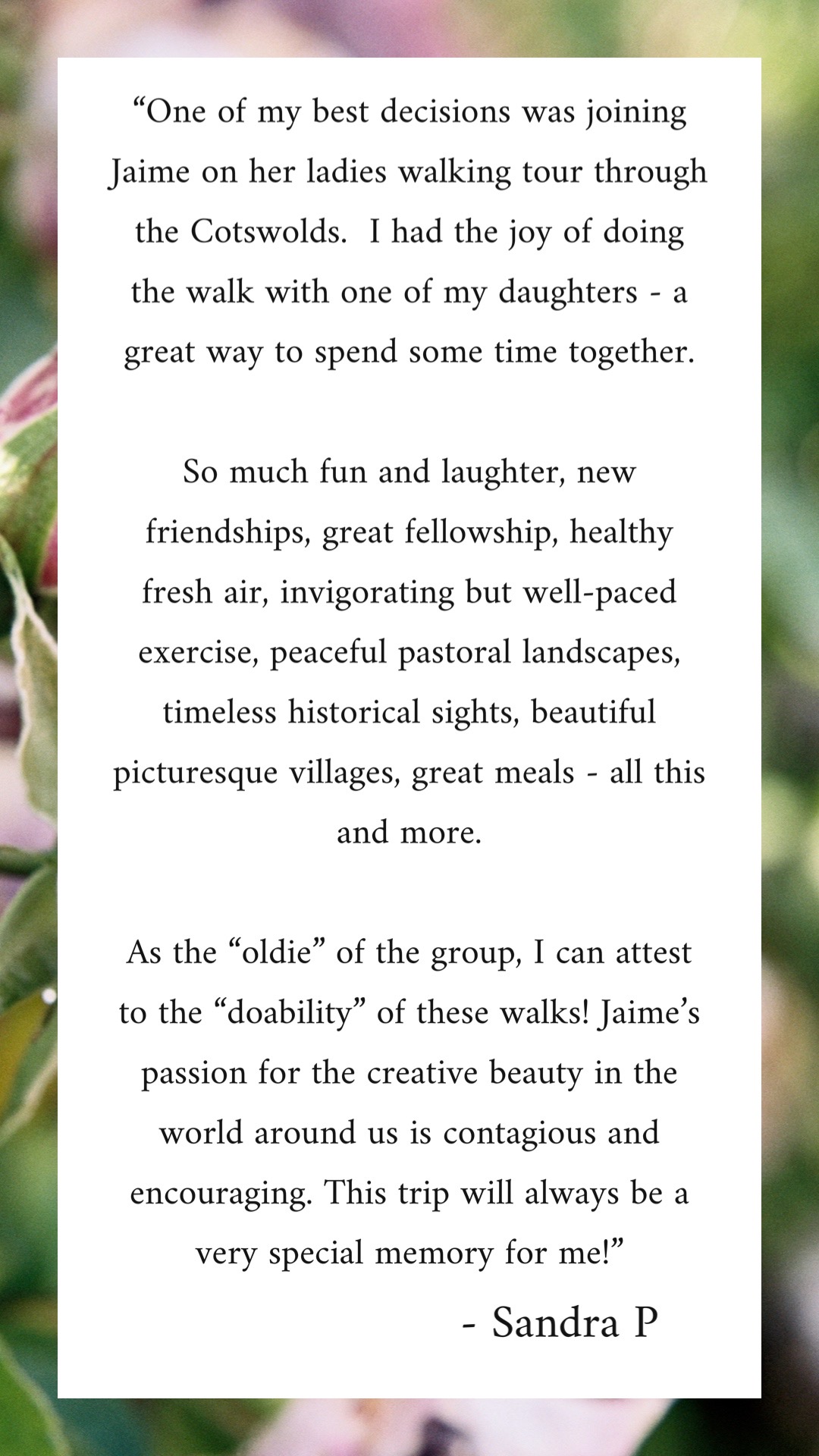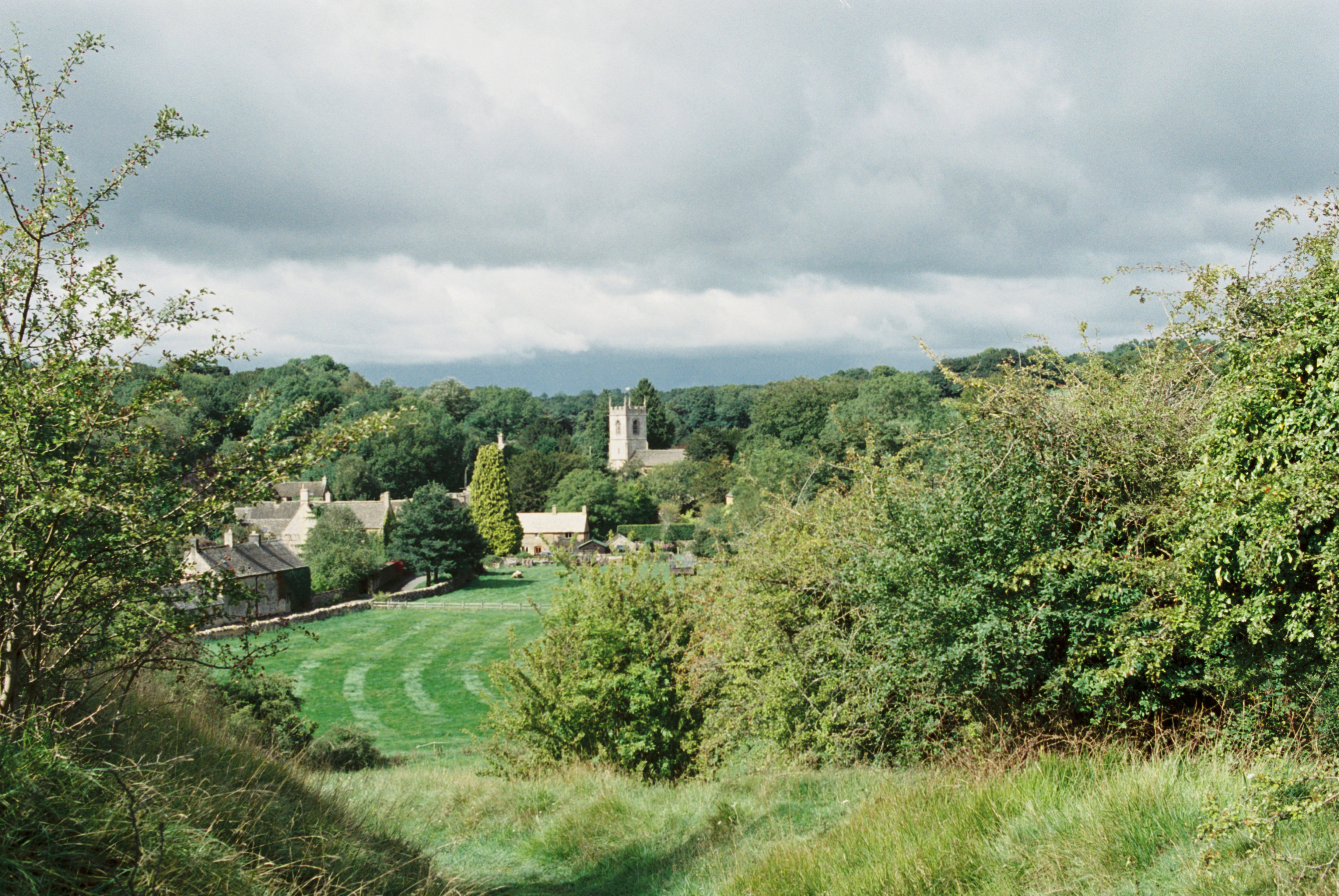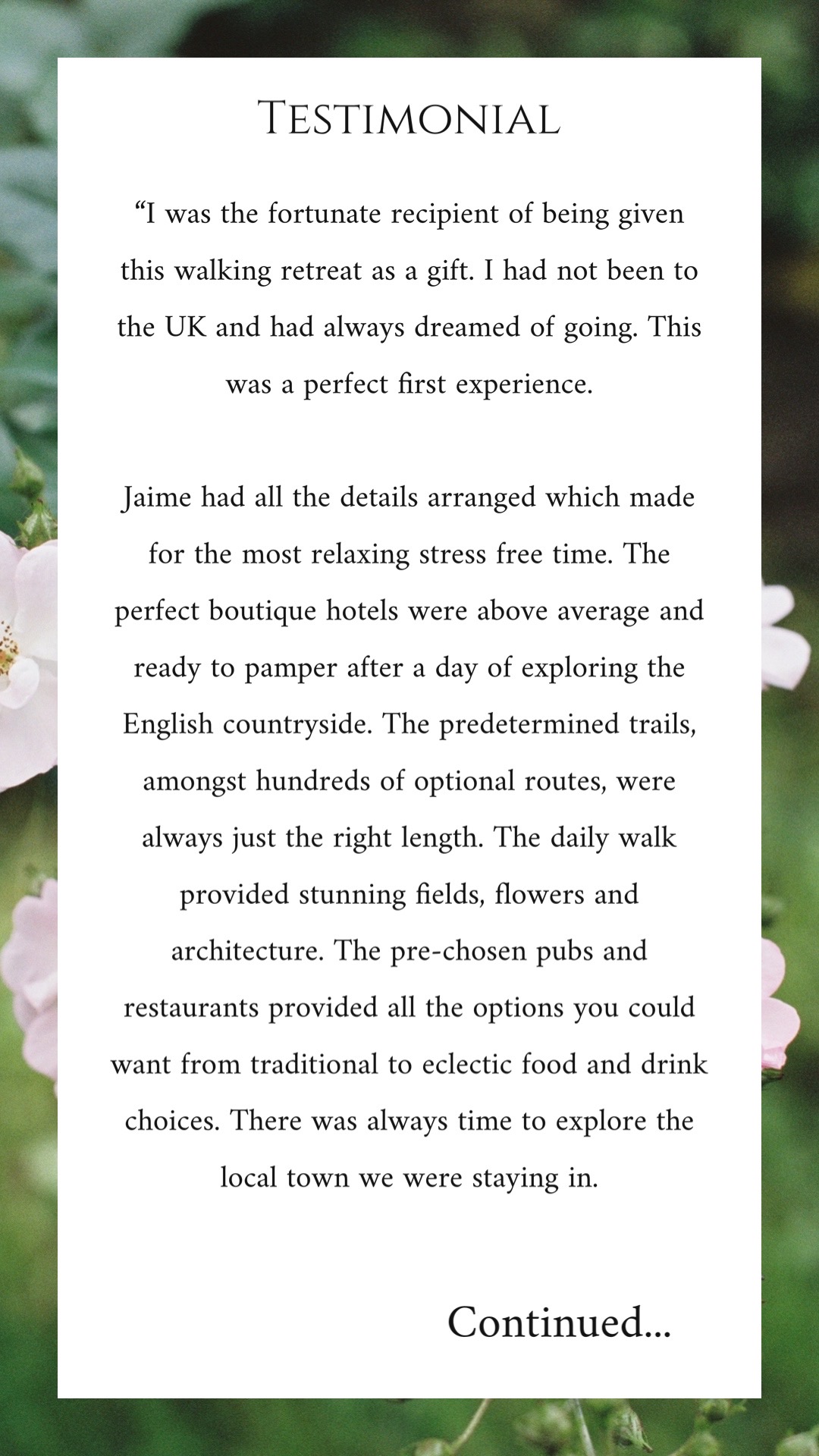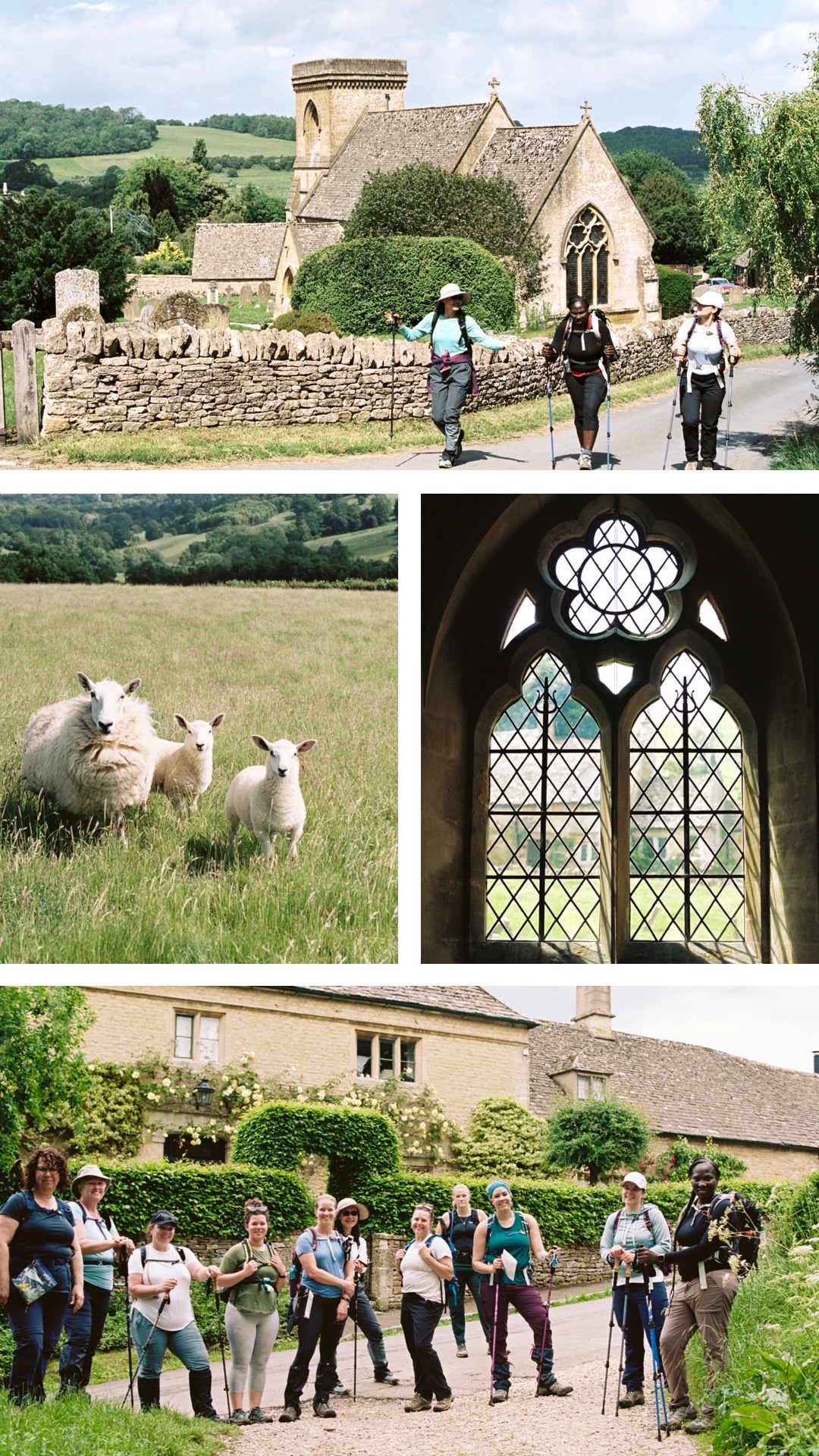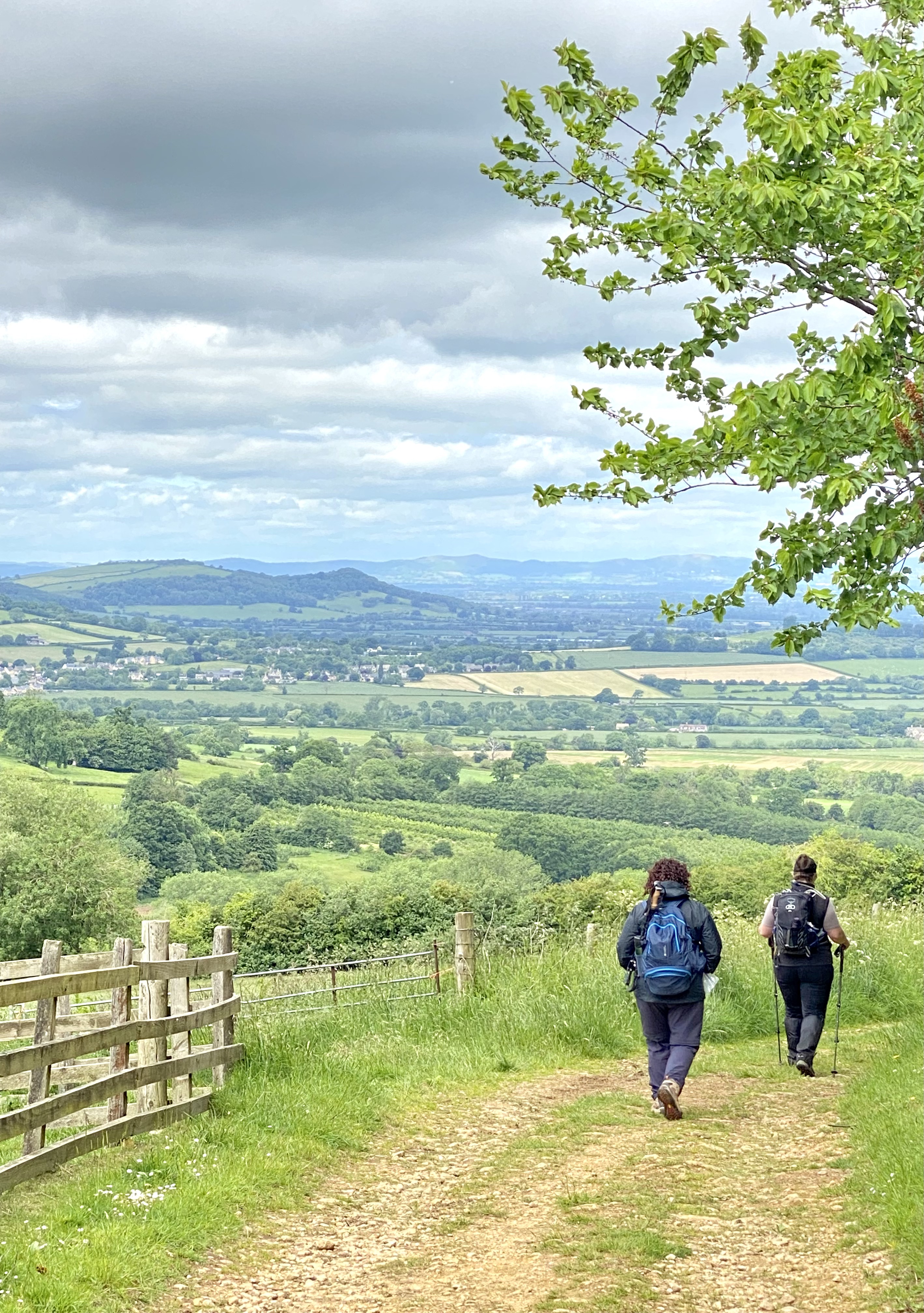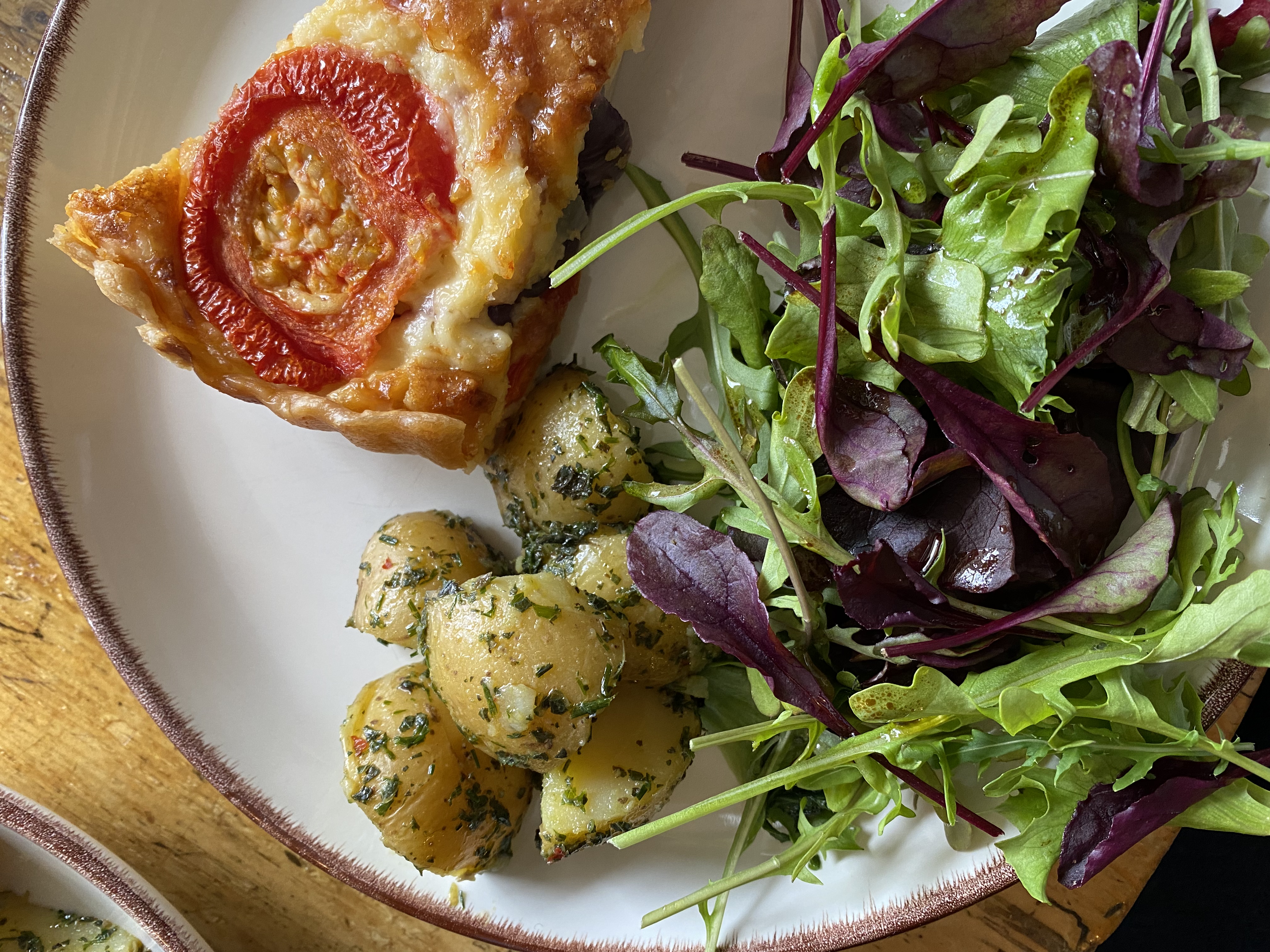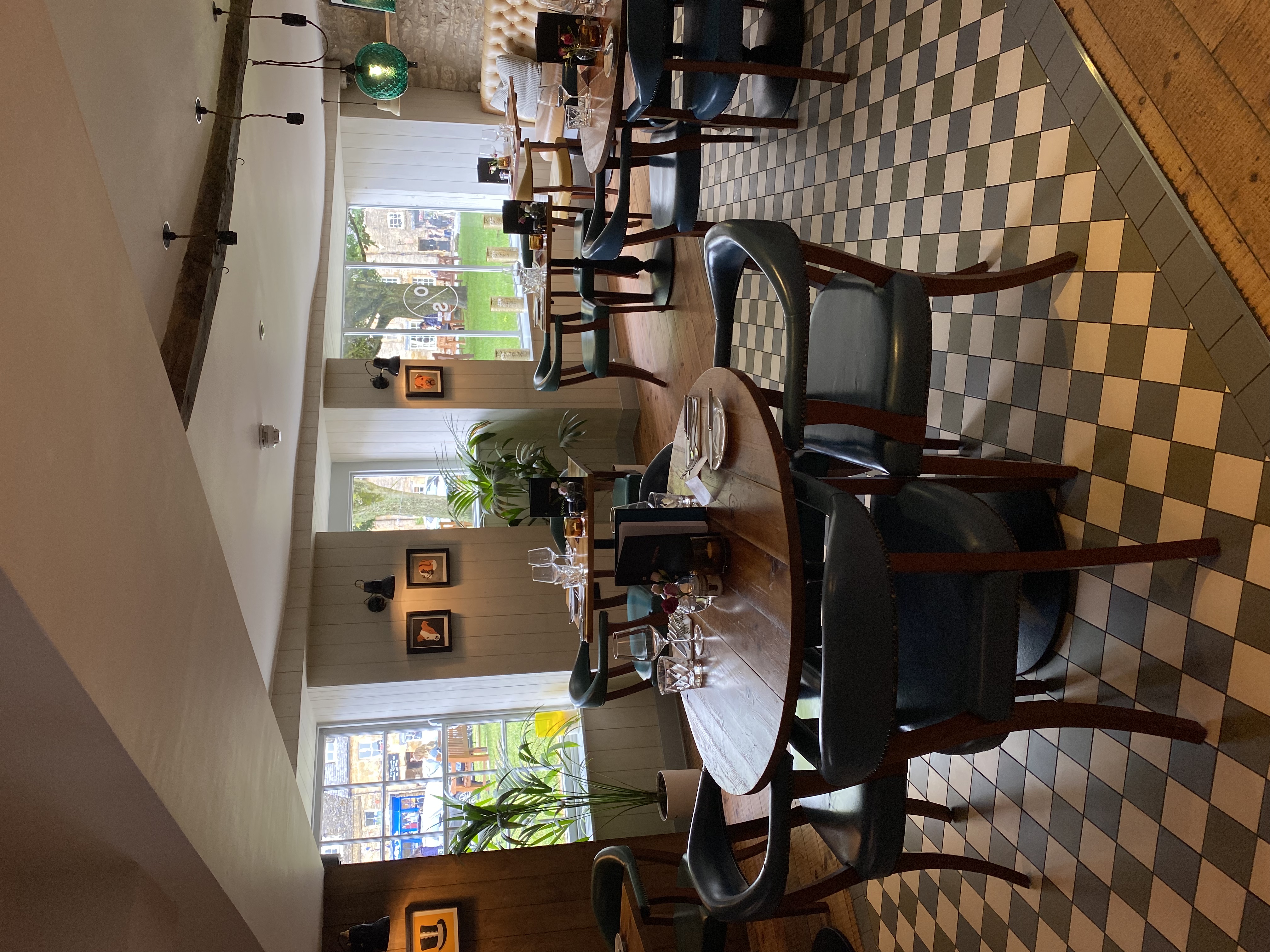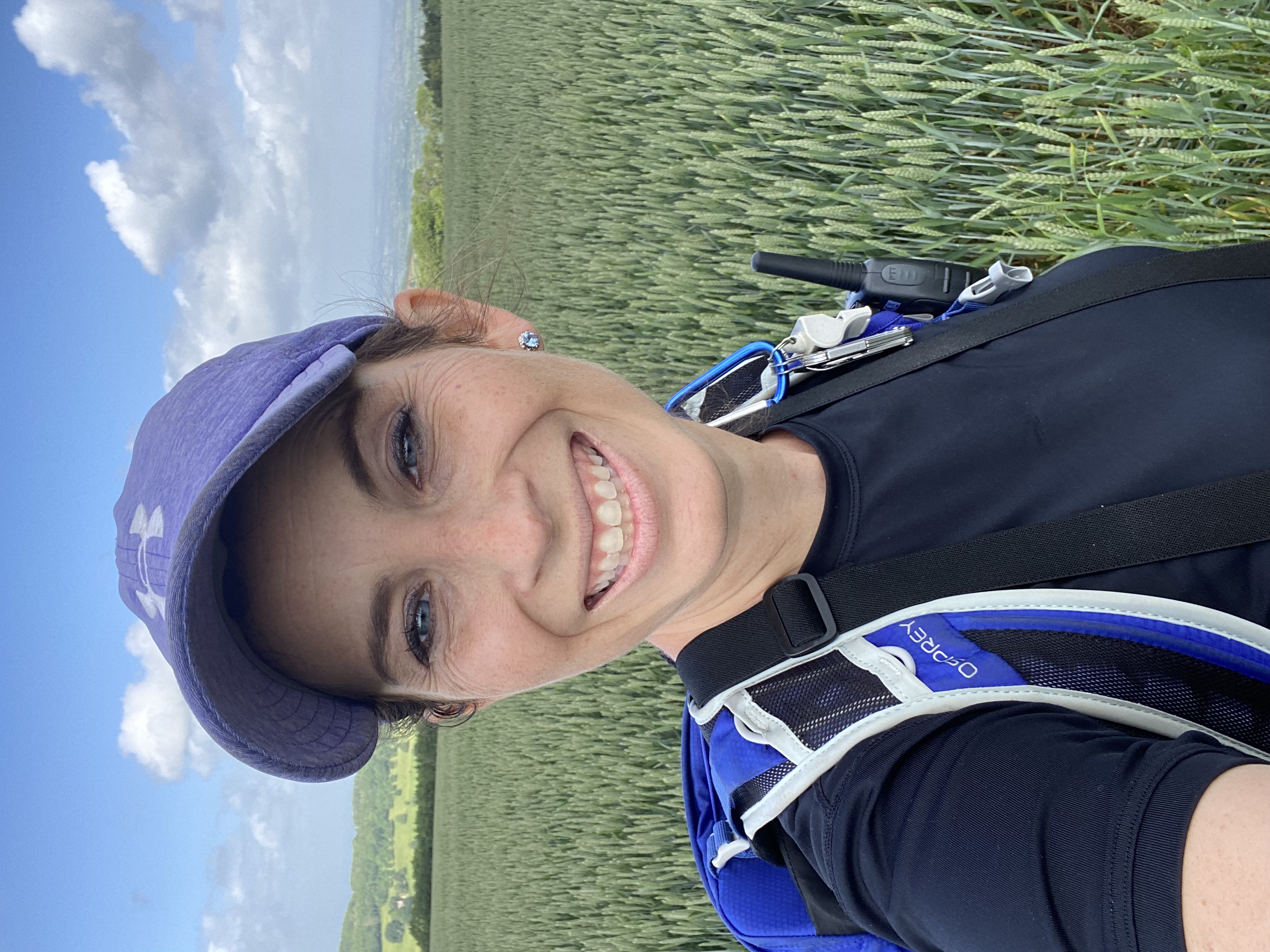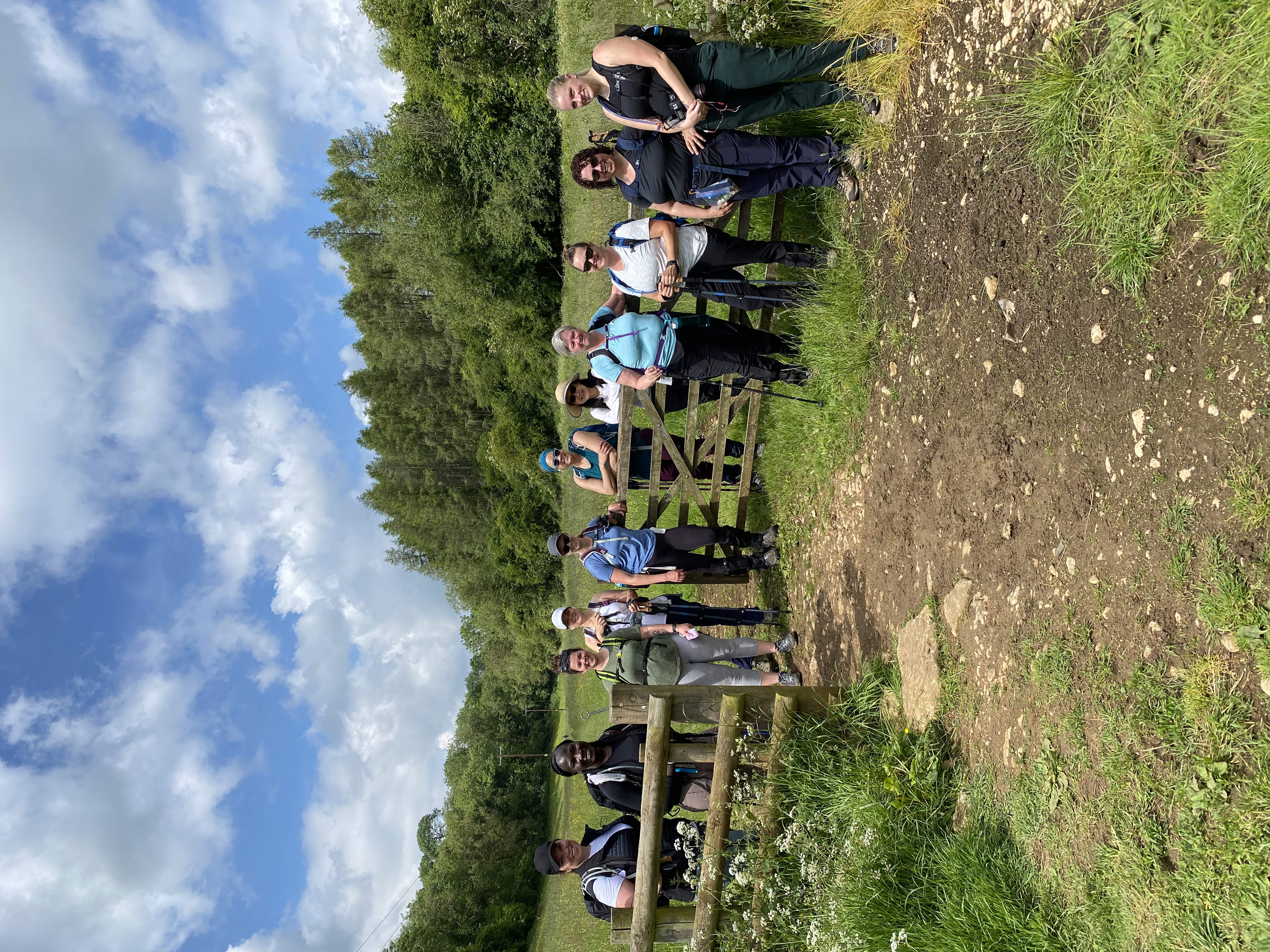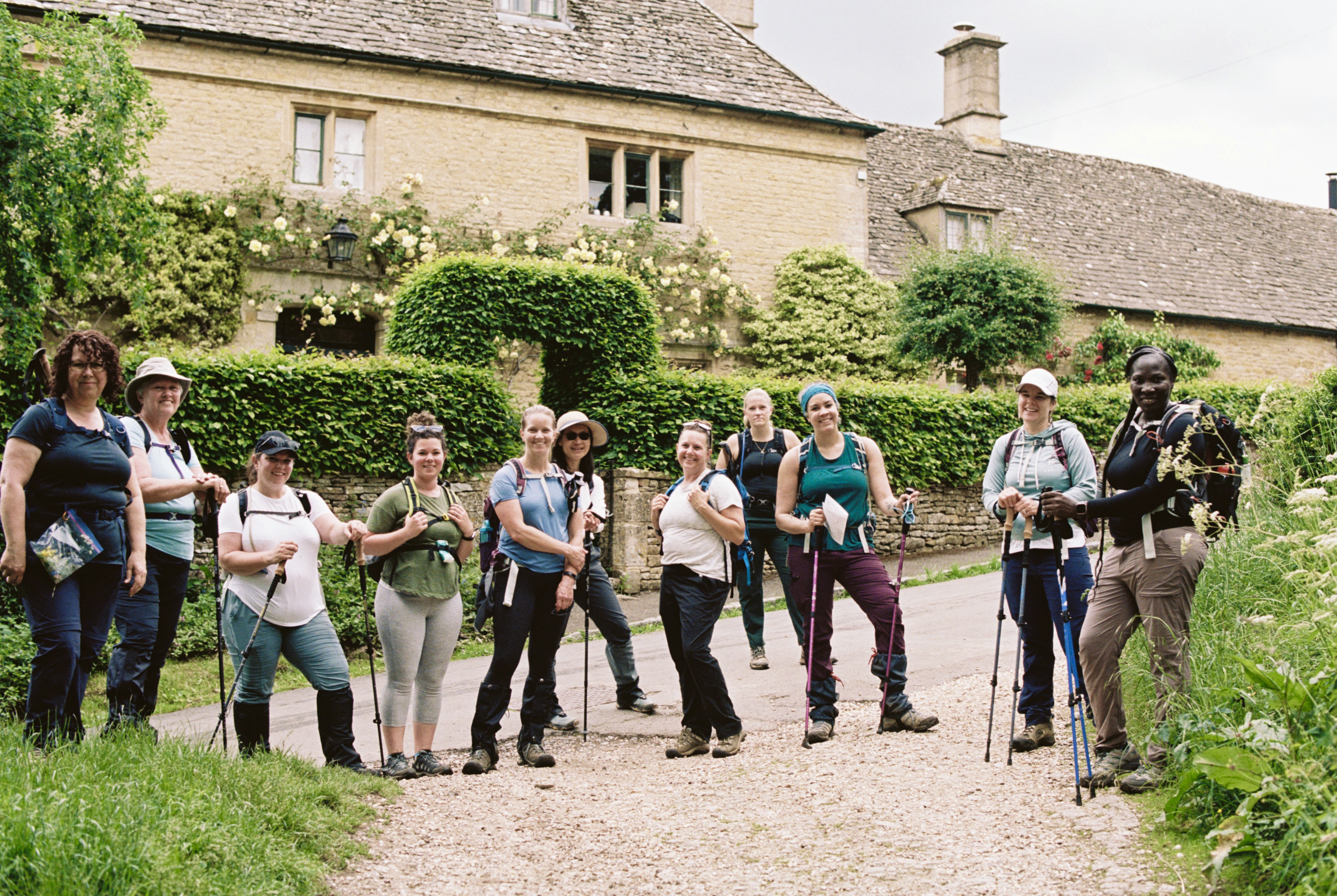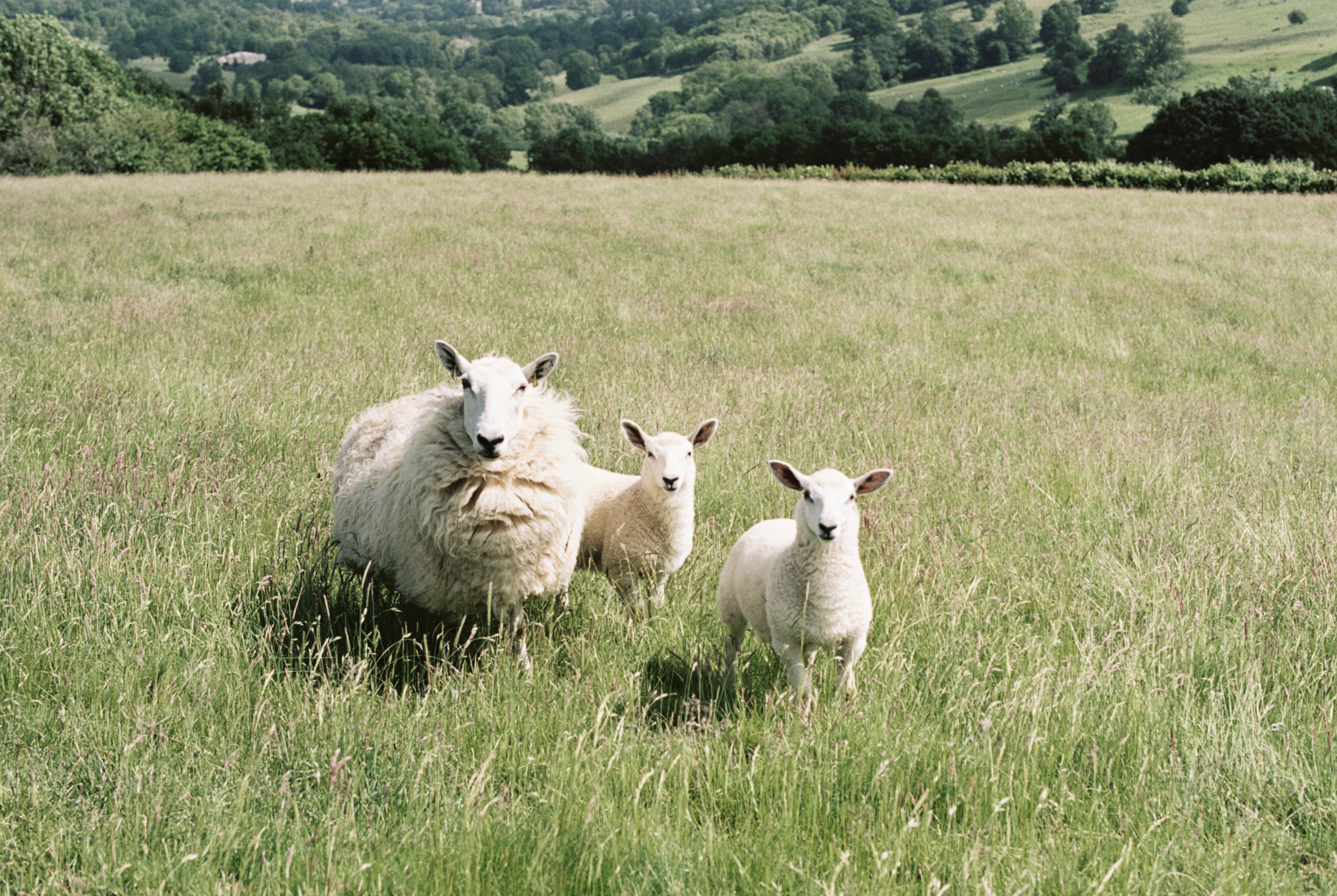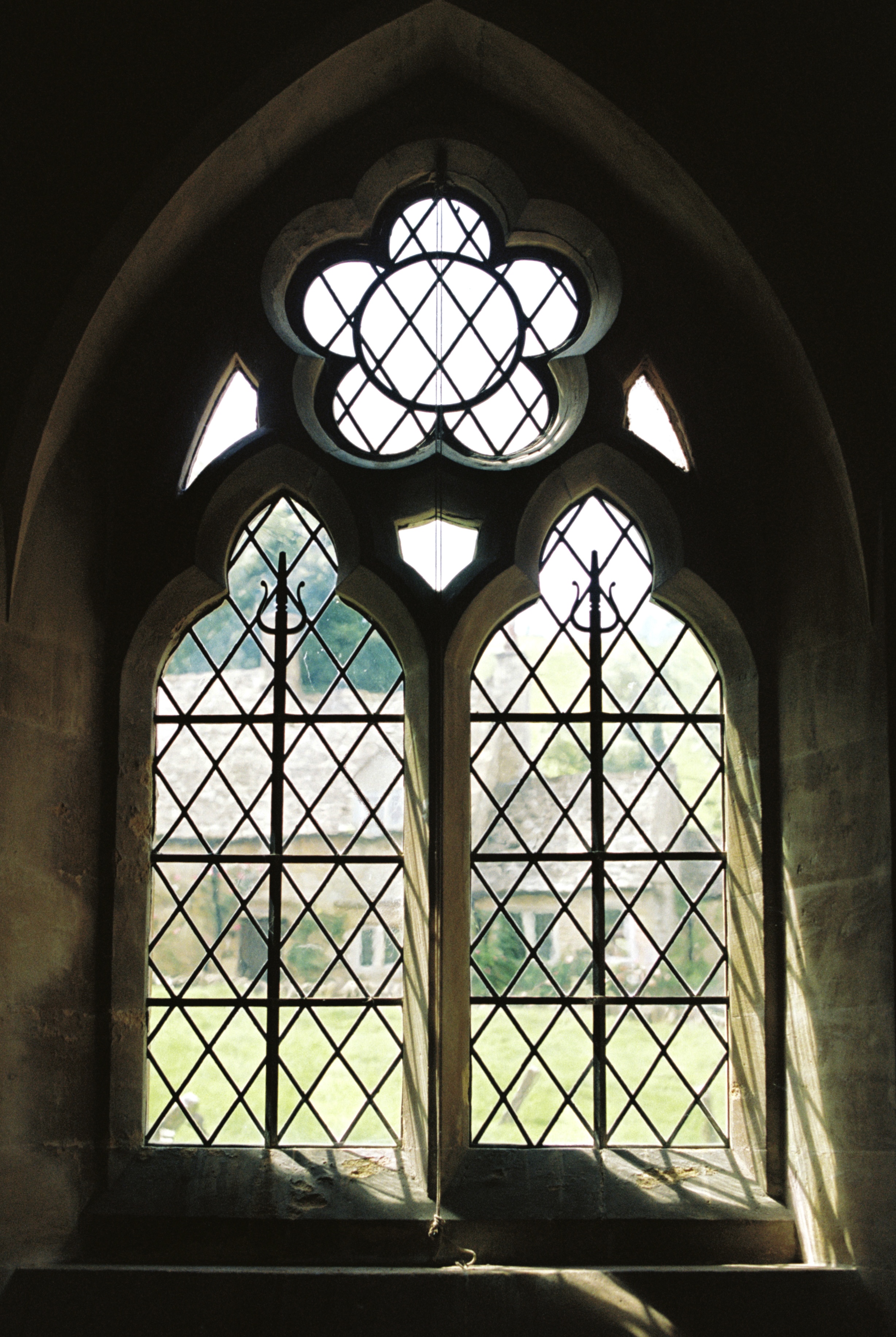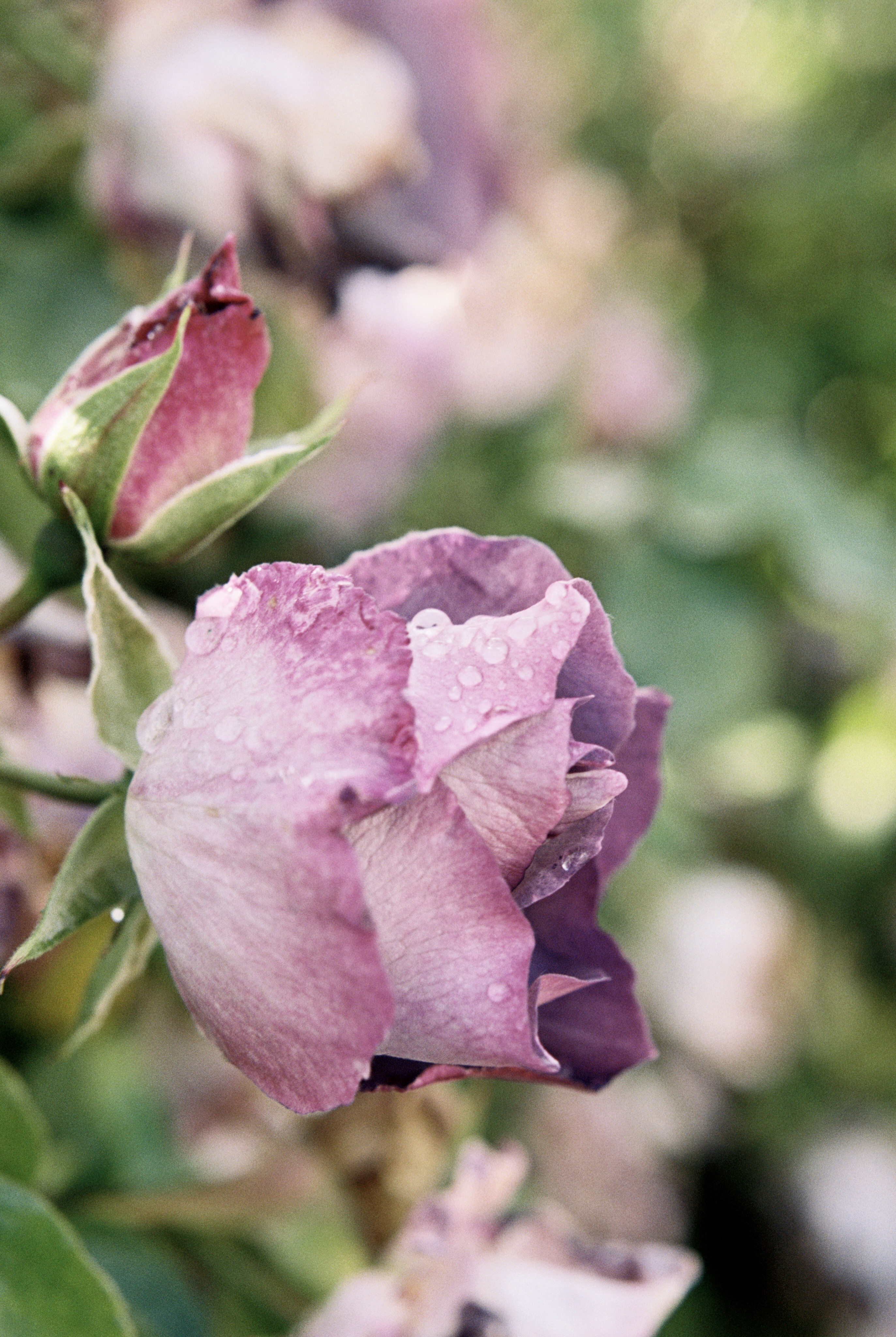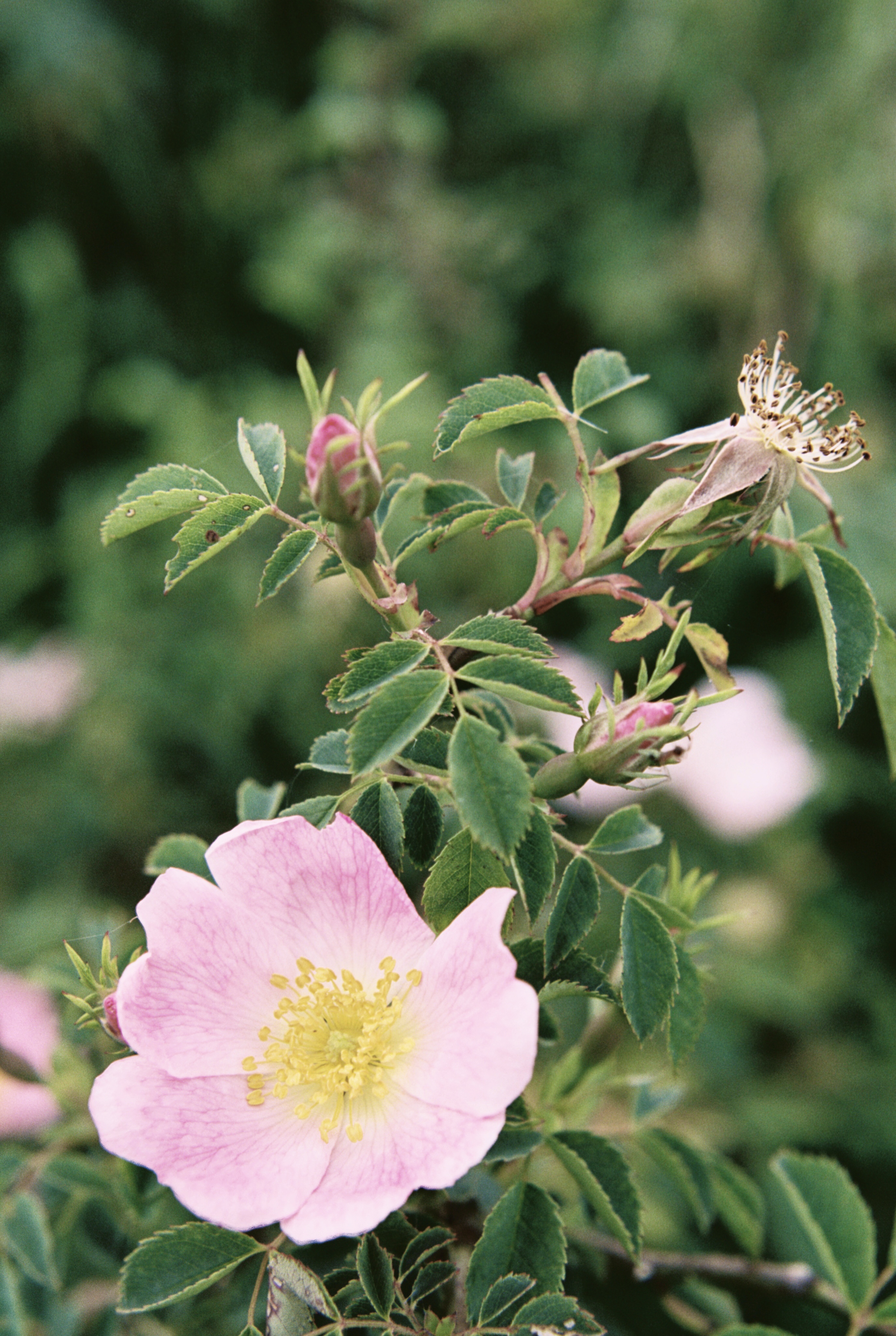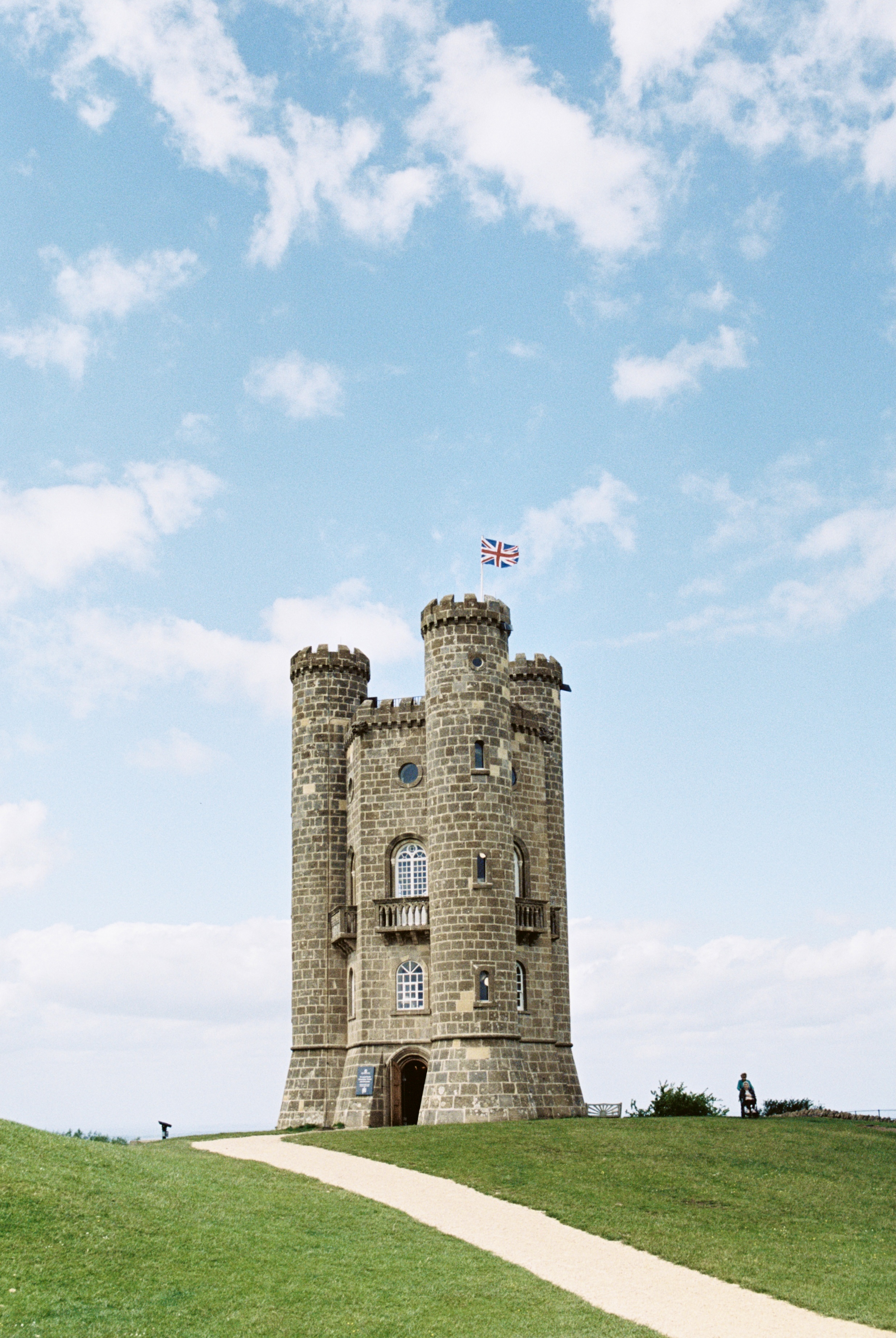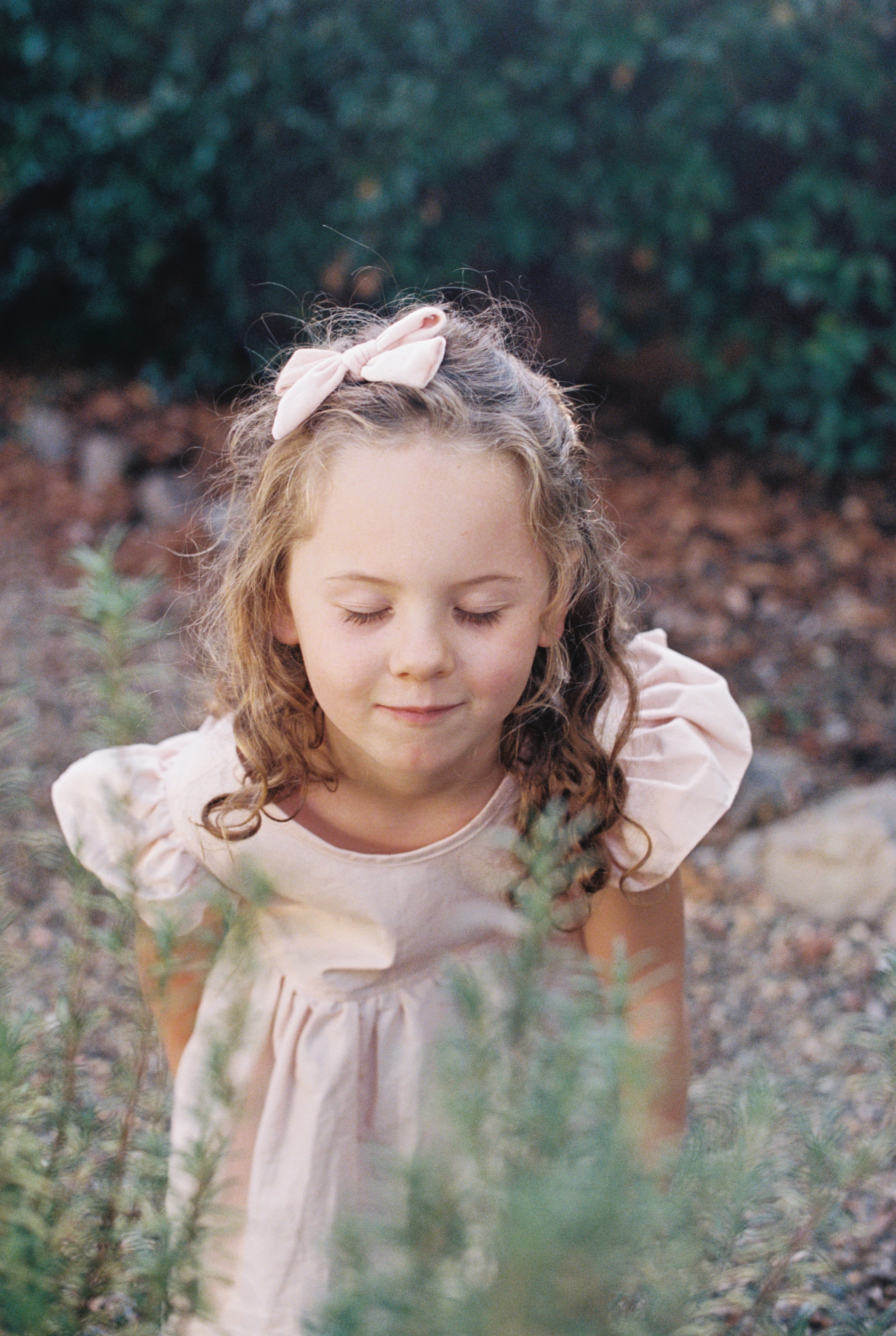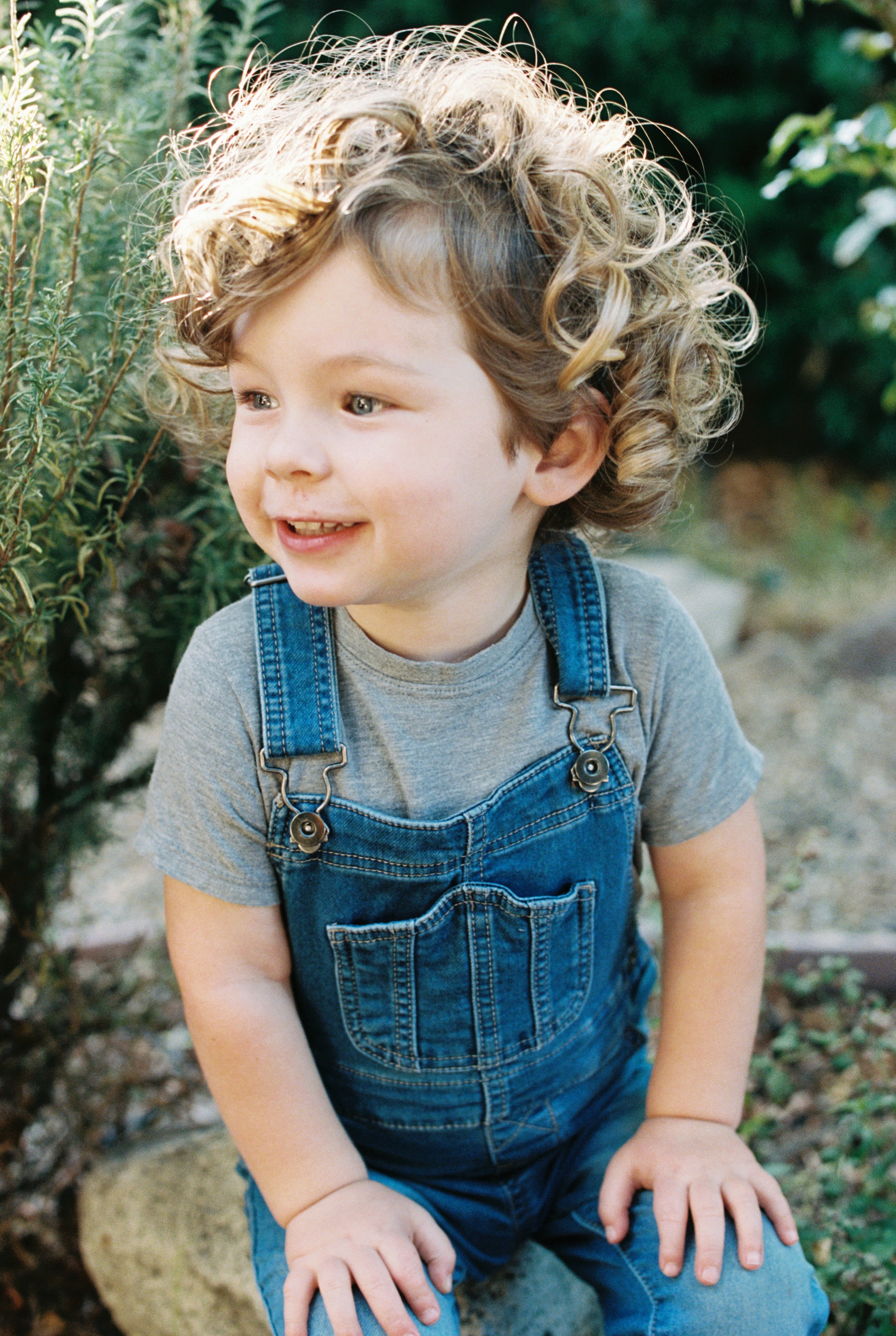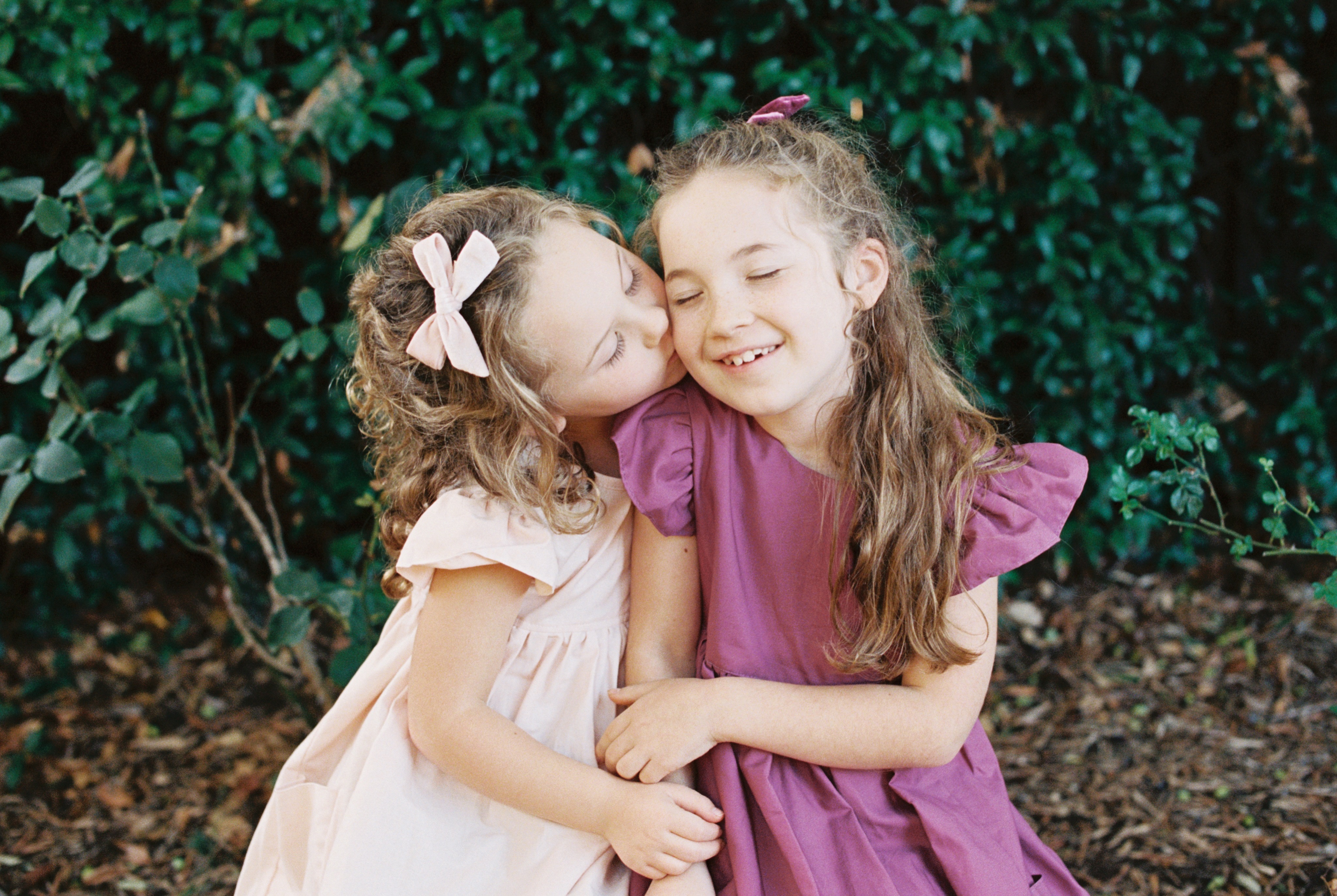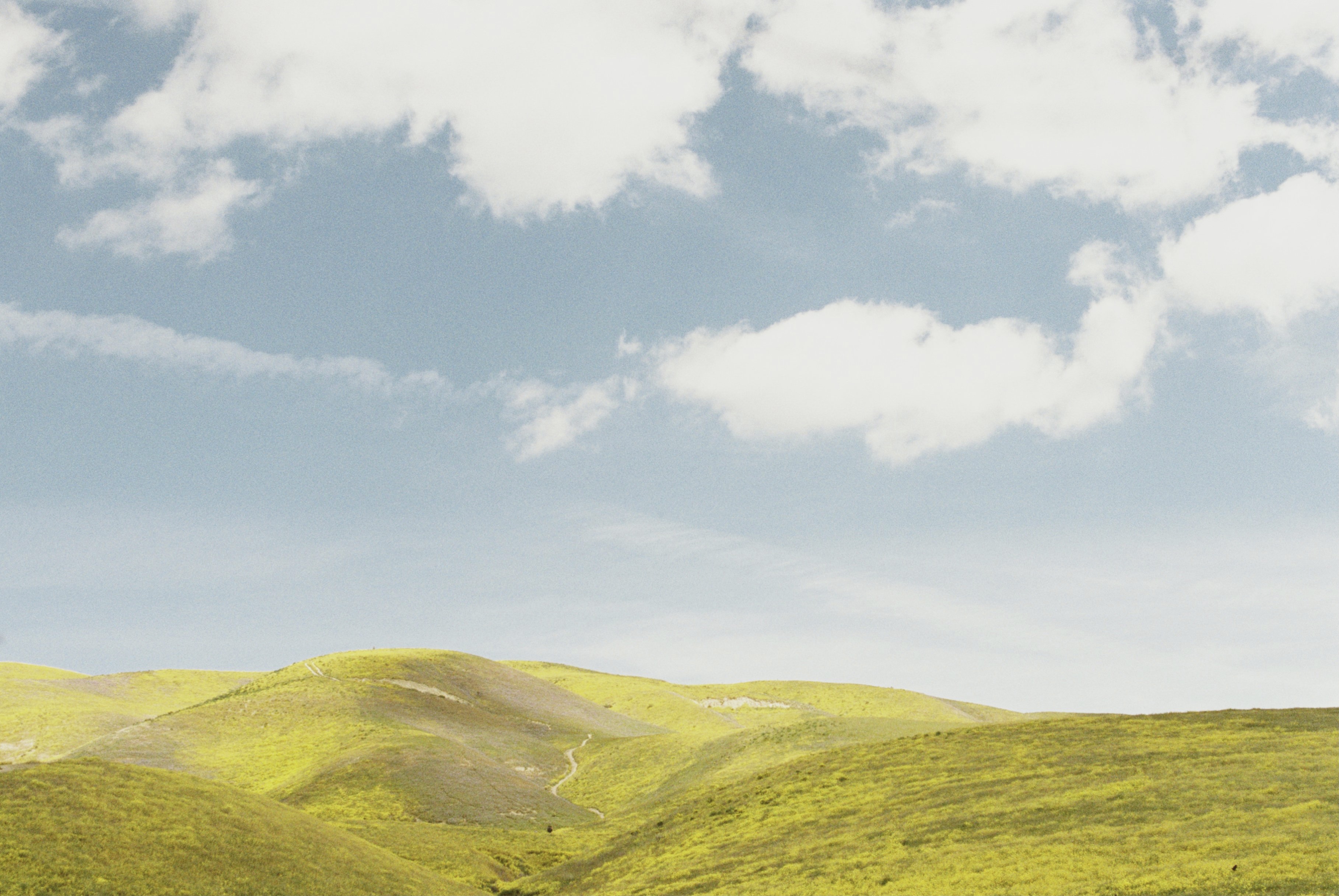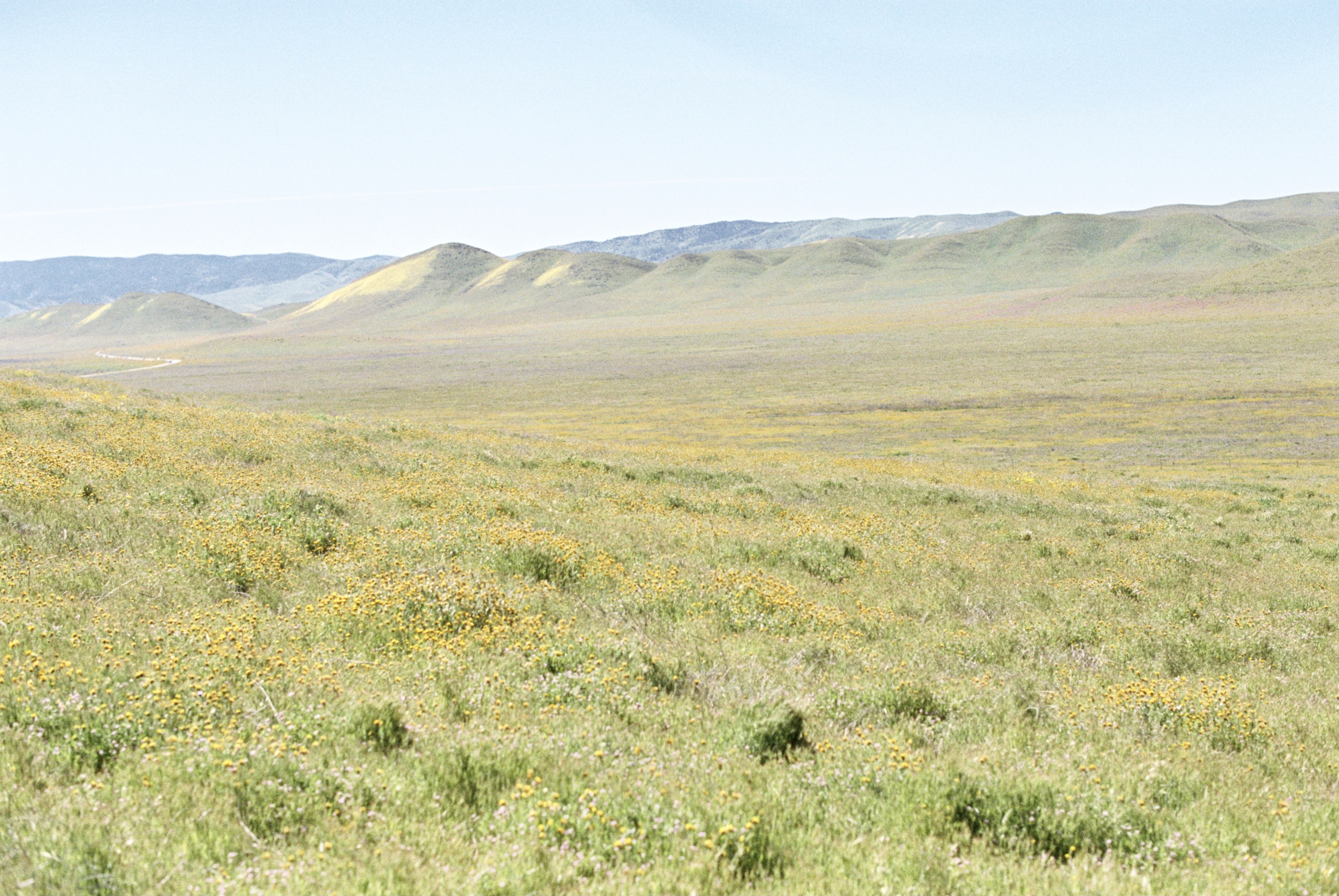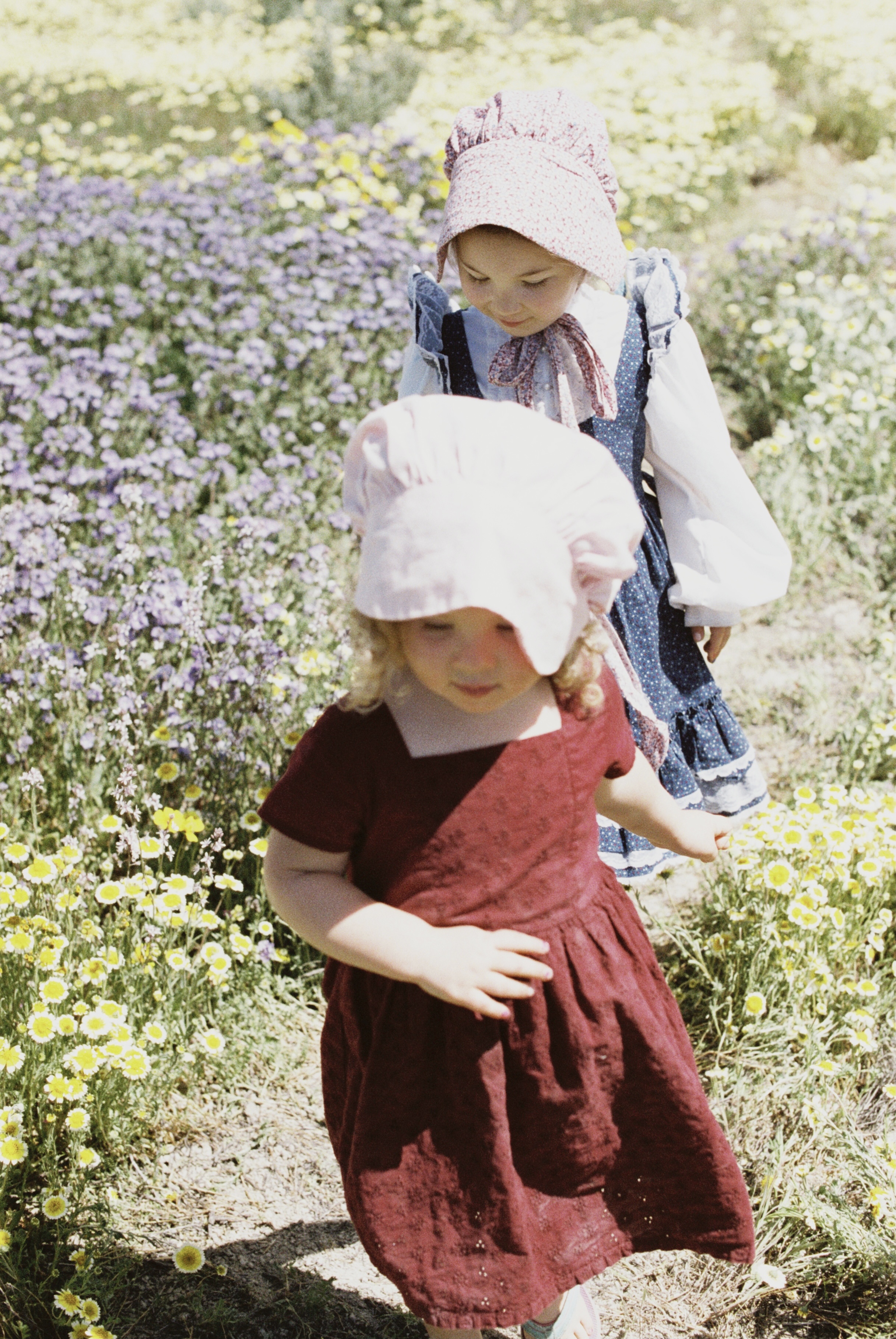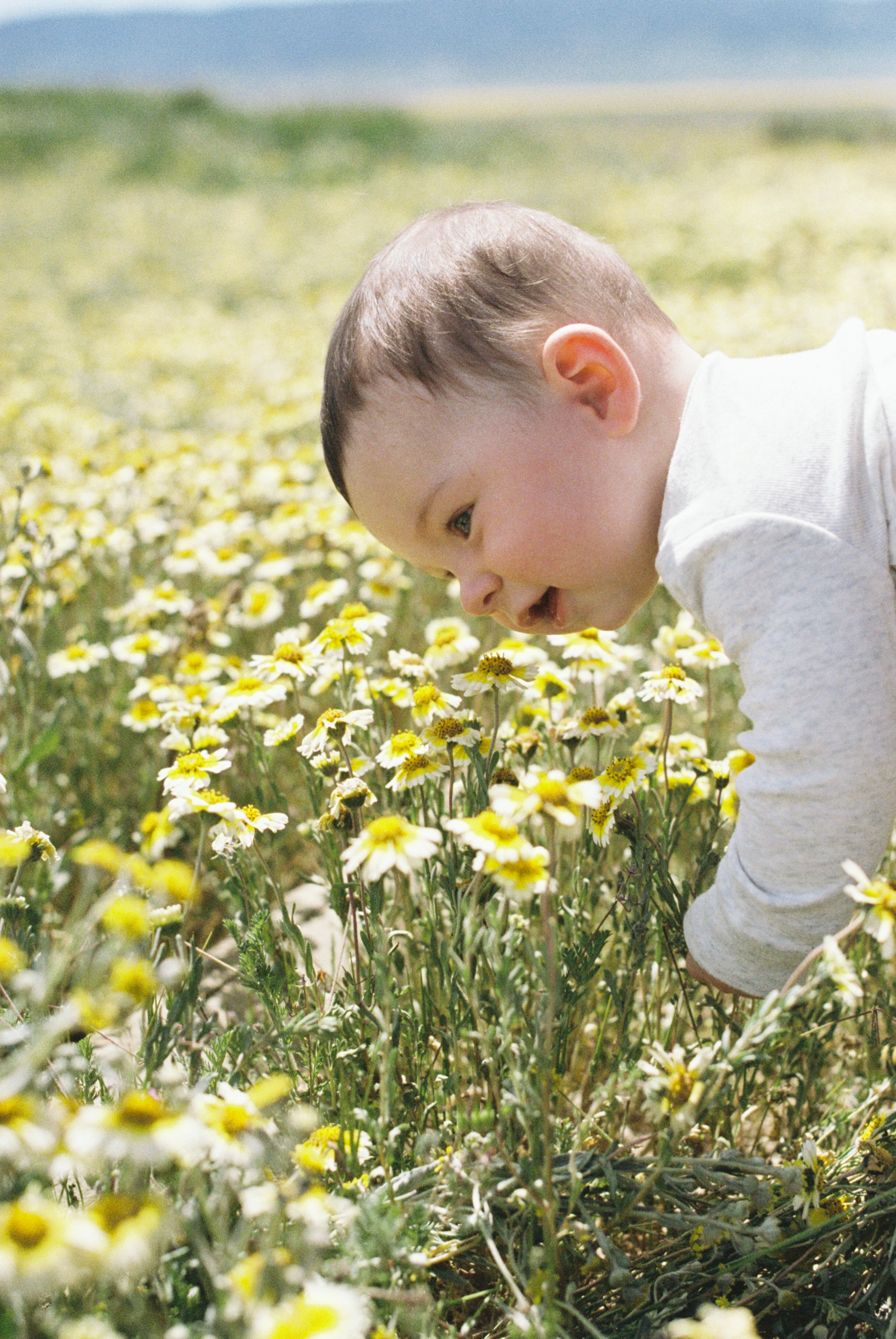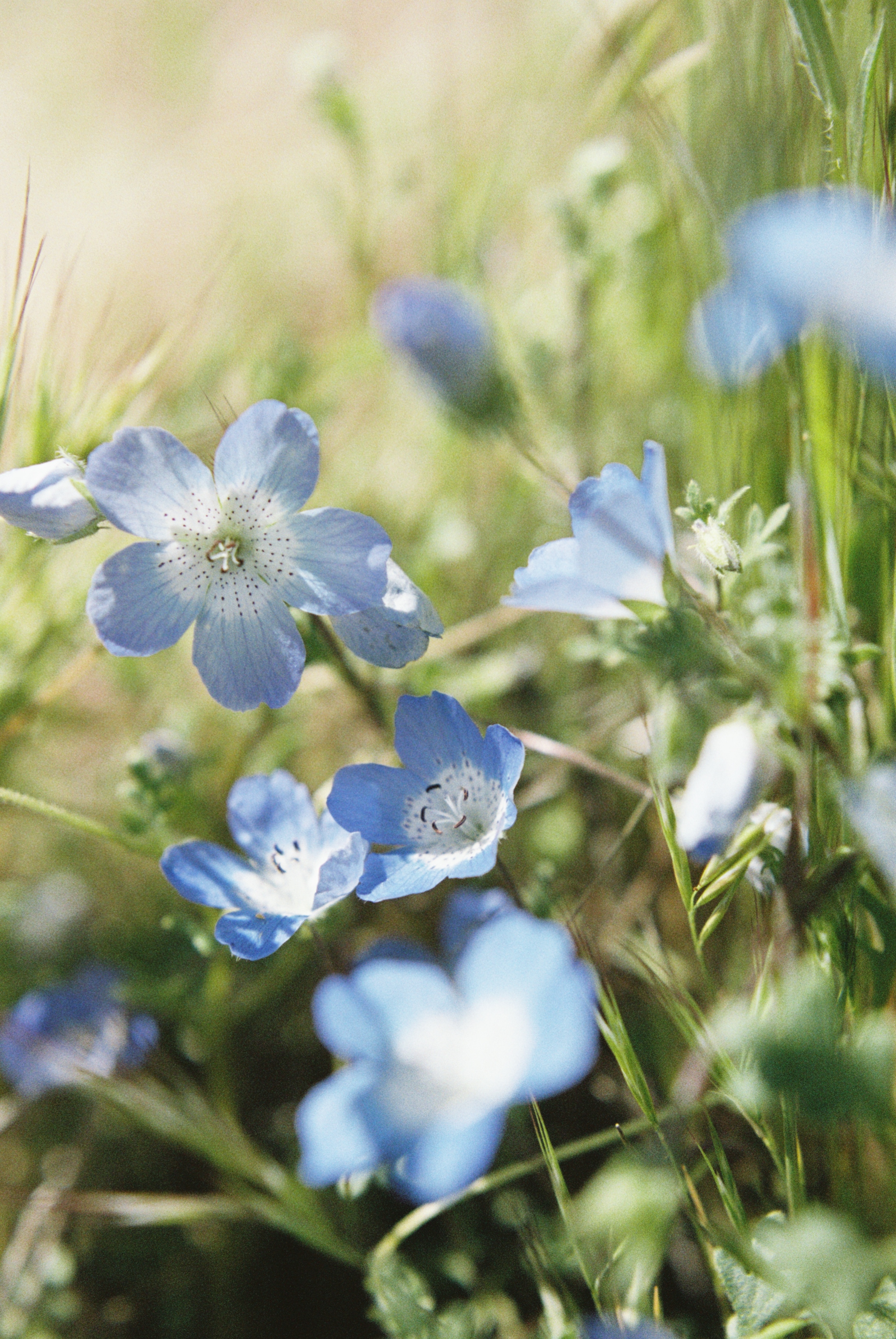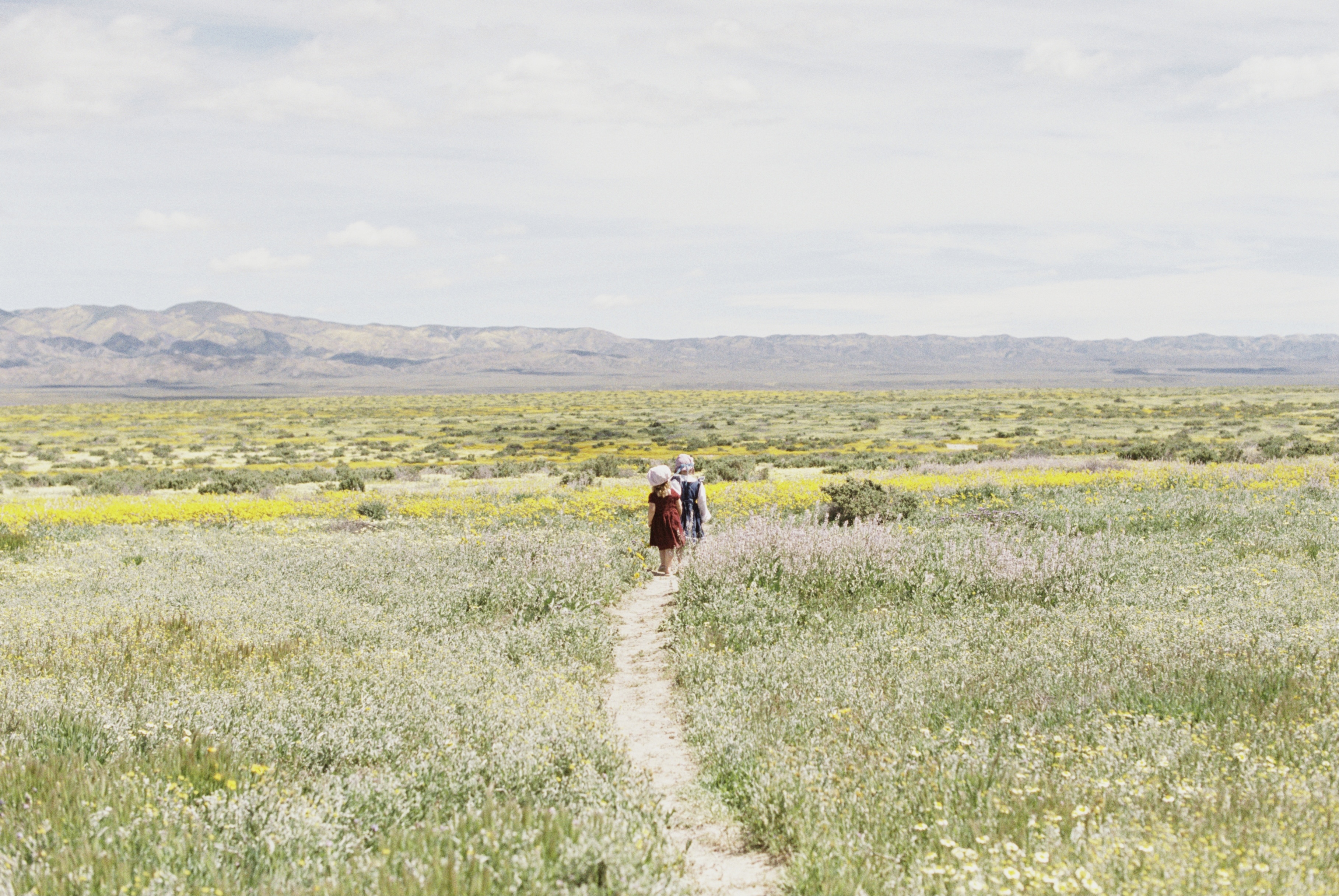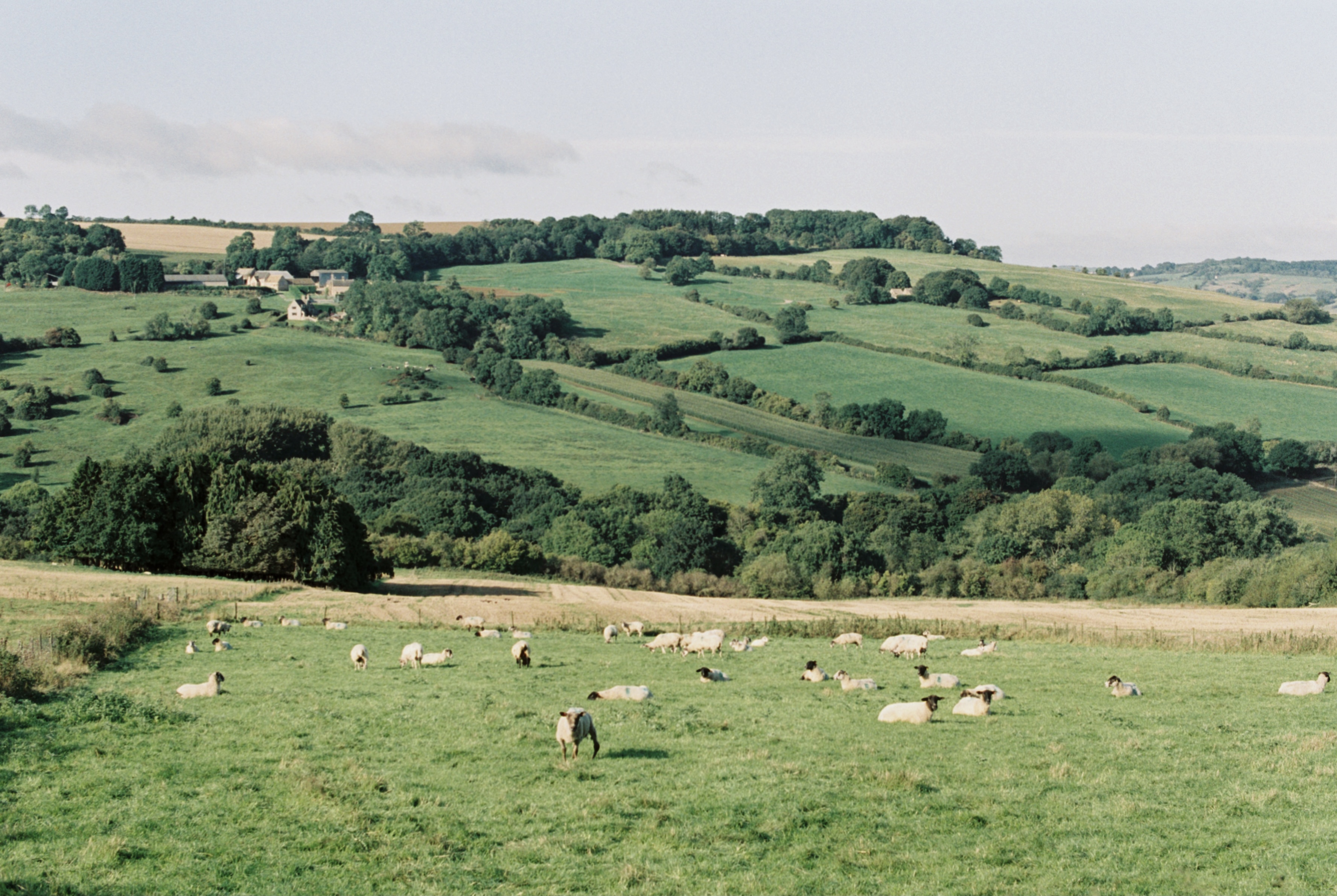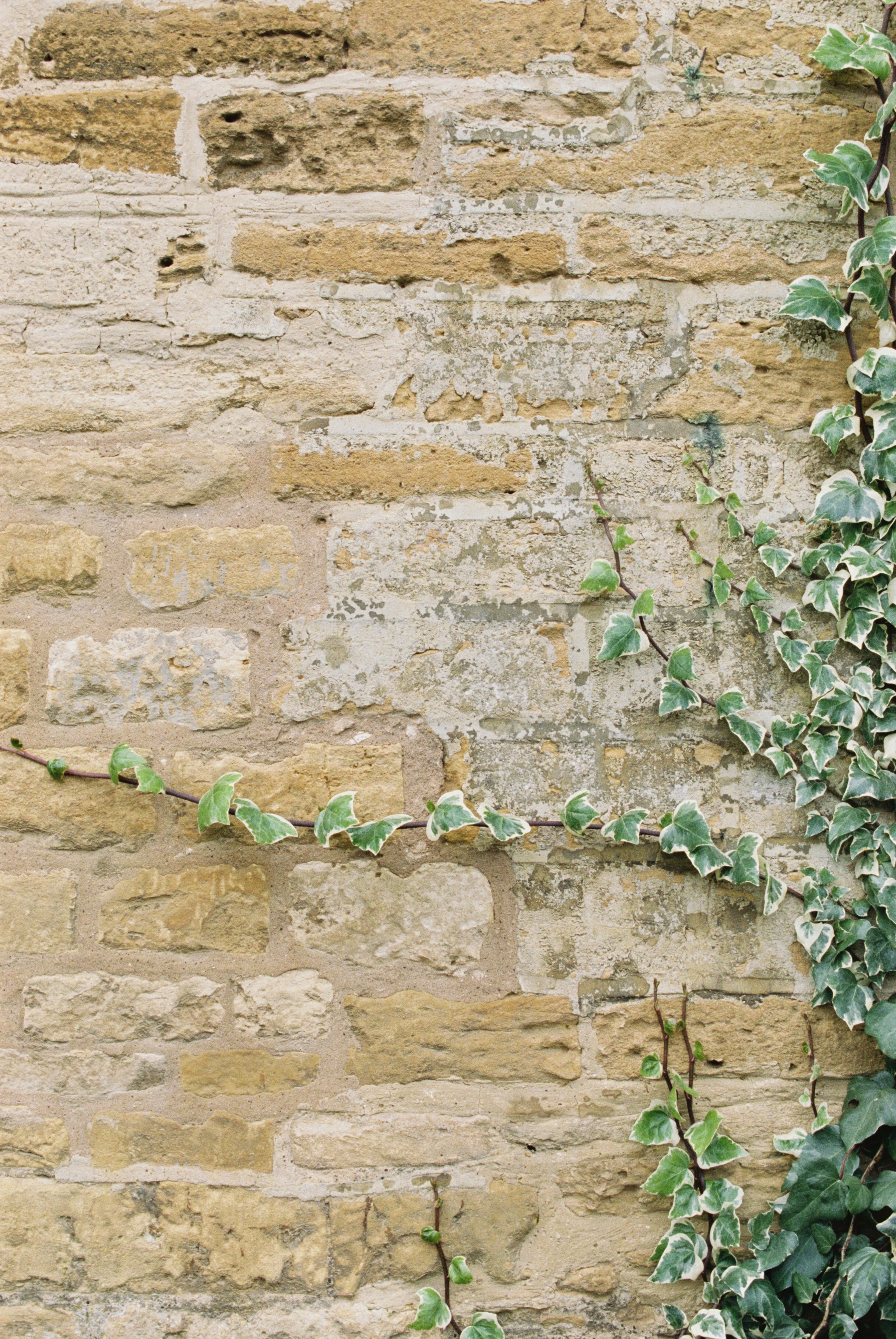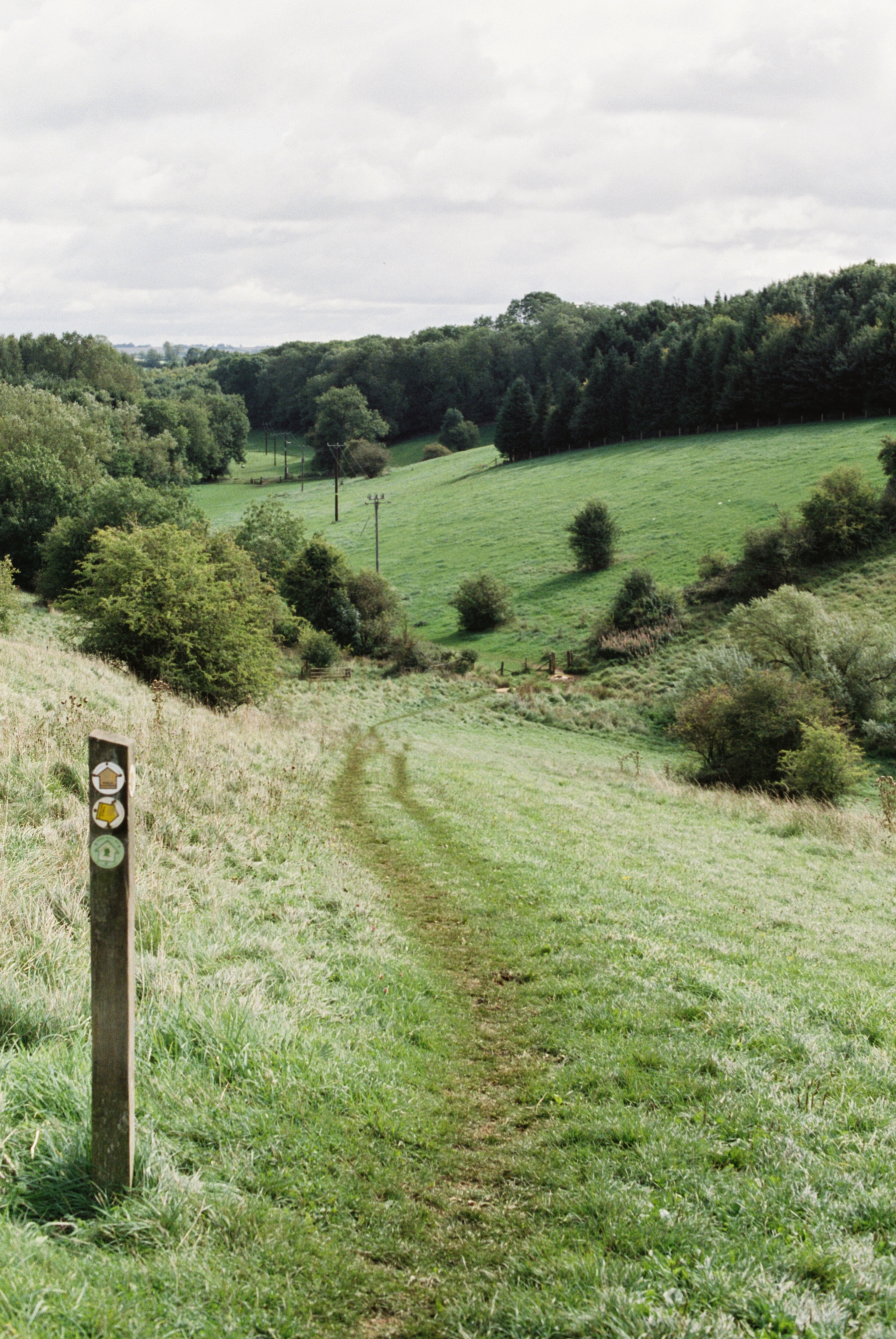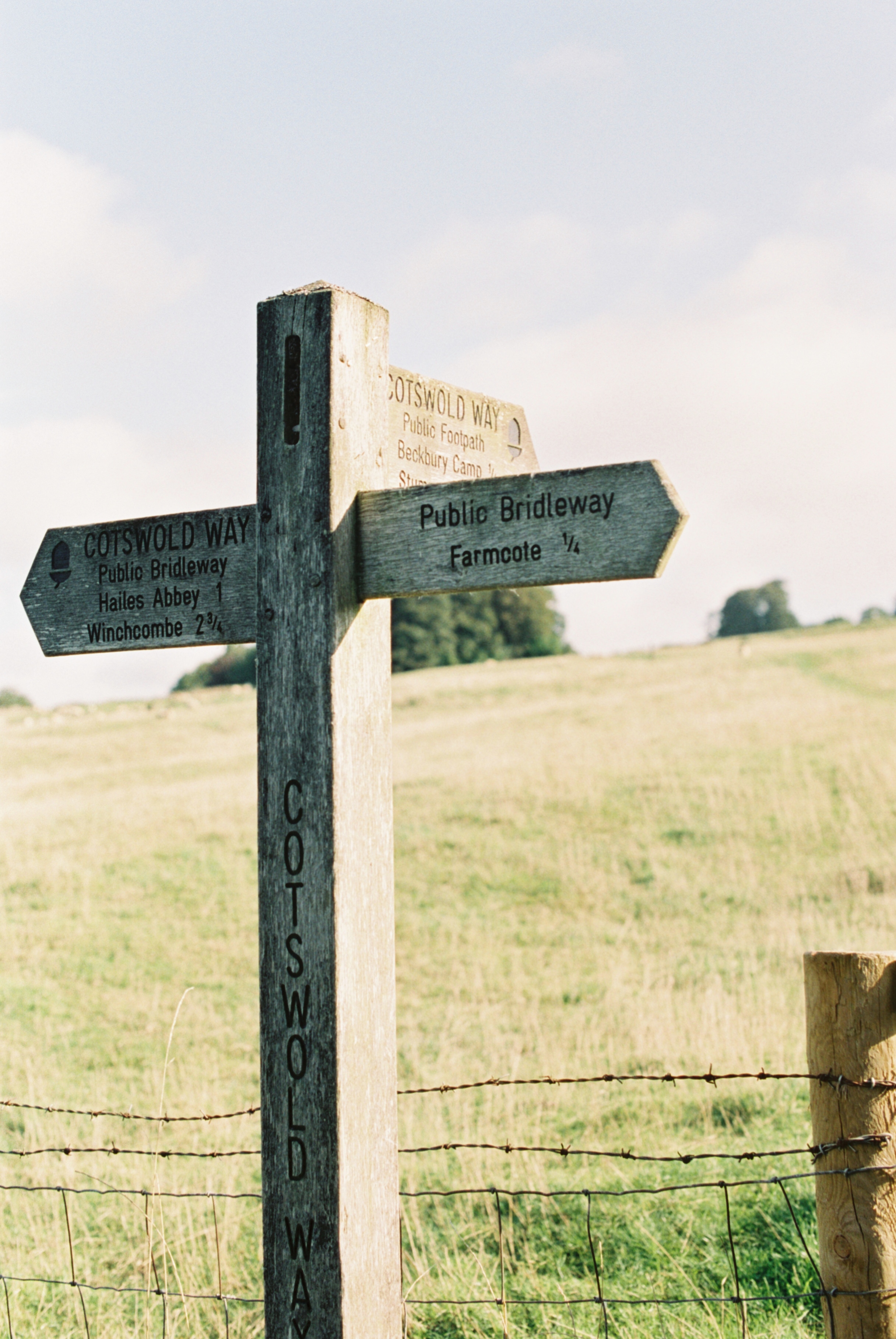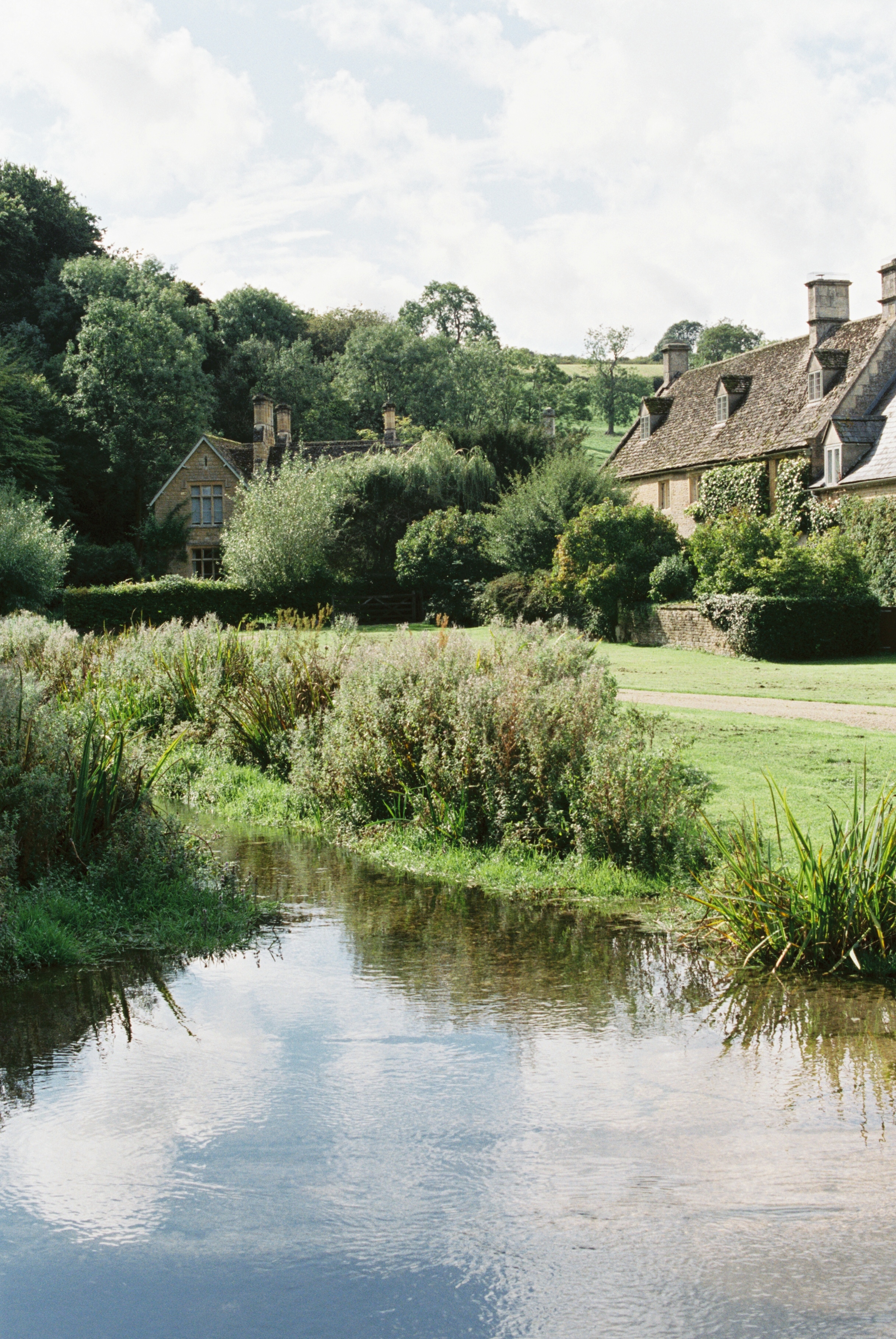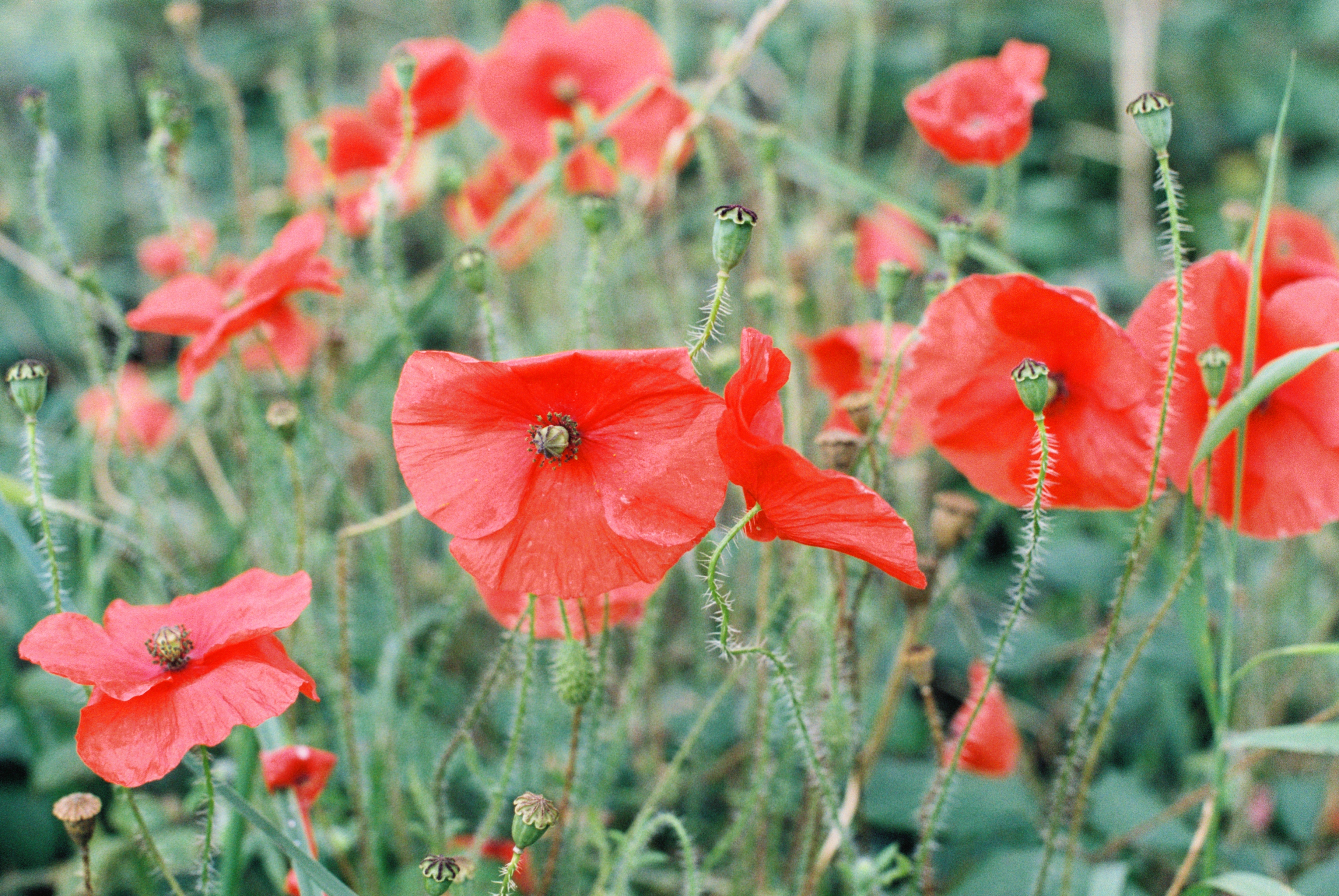
This morning while taking an early walk around my neighbourhood park, I happened to see two fleshy, pink earthworms wriggling along the gravel path. The observation reminded me of a moment when, in 2017 on my first day ever of walking through the Cotswolds, I stopped to watch an earthworm wend its way up out of the rich, dark soil. That moment remains with me, because in that pause I remember thinking incredulously to myself, “When on earth do you have time in your normal life to slow down enough to watch an earthworm?” Since then, I’ve made it a habit to slow down and observe nature’s most inconspicuous creatures, as I often find there is wisdom to be gained from studying their activity.
While the rain clouds threatened to burst forth above me, I peered curiously down at the pair of worms. It was then that I noticed I was surrounded by at least a dozen earthworms, slowly inching away from the higher and drier gravel path towards the lower-lying mud and grass just a few feet away. They all had the same instinctive goal of making their way towards an environment that was best suited to them and their needs. I use the word ‘instinctive’ because I’m not sure that ‘intuitive’ would be the correct description for an earthworm’s process of determining its needs. Do worms intuit or do they just follow their natural-born instincts? I’m not sure, and quite frankly, I think that’s where my curiosity ends when it comes to worms. I am, however, very much intrigued by the intuition we humans possess, and am inspired by these creatures’ drive and ambition to do what’s necessary in order to make their minuscule lives count for something.
“We were given intuition for a reason, but if it’s not nurtured, it cannot serve the purpose it was meant to fulfill”
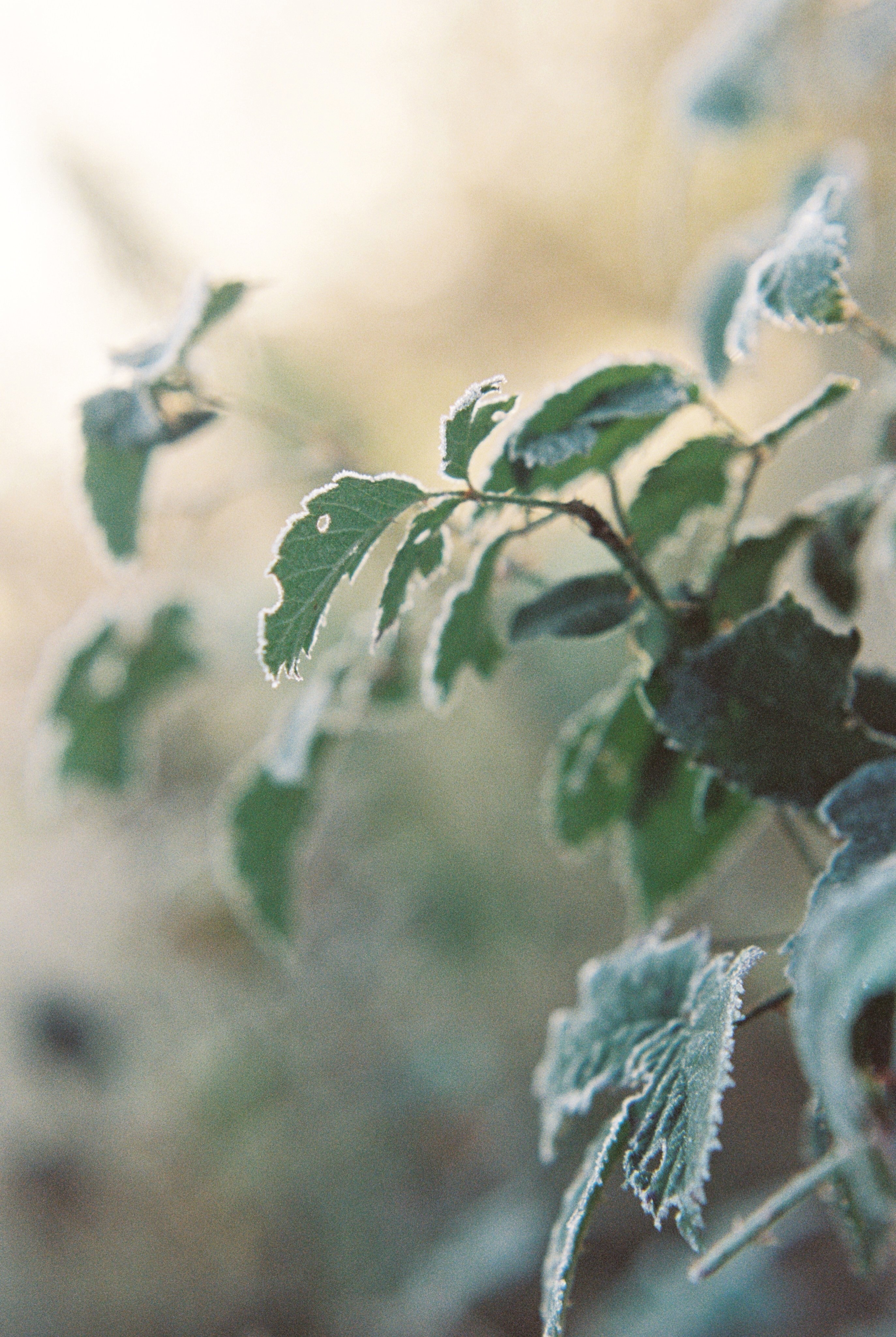
For the duration of my walk, I continued to ponder the value and cultivation of intuition. A couple years ago, as the fog of the pandemic began to lift, I realized that during that strange and stressful season, my intuition had taken a nosedive. My ability to make decisions with clarity and assuredness was no longer what it had once been. It wasn’t until some months later when I had the opportunity to spend 7 weeks hunting on my in-laws land in Mississippi, that my intuition received a reboot. Towards the end of our extended visit I realized there had been 3 things that helped me tap back into my intuition: silence, stillness, and solitude.
Hunting requires these three elements in spades and I was fortunate enough to experience them all at once over an extended period of time. On the days when I left the house before daybreak and made my way into the woods alone, my senses were on high alert so as to avoid a run-in with a wild hog. Whenever I crept through the woods, I had to move ever so slowly in order to observe nature’s signals without disturbing my surroundings. I noticed that the birds and squirrels would go quiet when a larger animal was present. I studied the ground for deer tracks and antler scrapes. I watched the weather and paid attention to wind direction so I could predict patterns of animal movement. When I sat for hours in a tree stand, day after day, I observed the comings and goings of the same lone spider, waiting patiently for a meal to land in its web. I was witness to the sun’s rising and setting along with my body’s own energy waxing and waning. I could not have been so alert and attuned to my intuition had I not embraced the trifecta of silence, stillness, and solitude.
“Prior to the pandemic I didn’t realize that my intuition was something I needed to cultivate and care for. It didn’t occur to me that it could become dull or tainted. But finding time for solitude, stillness, and silence is key to tapping into our intuition.”
On the afternoon of my 39th birthday, while seated alone in the tree stand, soaked from rain, I sensed the need to wait just a few more minutes until the last of the shooting light had disappeared. I was cold, wet, and frustrated, but my intuition prompted me to override my physical discomfort and emotions. I’m so grateful I heeded that intuitive sense, because shortly after I decided to stick it out just a bit longer, I was granted the perfect opportunity for a broadside shot. In the stillness I waited until my aim was steady. In the silence I could hear my breathing and paused until it had slowed. In the silence I could mentally run through all of the steps and safety checks I’d learned until the moment I squeezed the trigger. As a result of weeks spent re-cultivating my intuition, I was able to confidently make a clear, decisive kill that brought the animal down swiftly. By the end of our visit, I had shot a second deer and was able to fill our freezer for the next year. Even more rewarding than contributing to our family’s food supply was the return of my intuition, which would serve me long after the venison had been consumed.

Since that experience, I’ve paid closer attention to maintaining my intuition. Prior to the pandemic I didn’t realize that my intuition was something I needed to cultivate and care for. It didn’t occur to me that it could become dull or tainted. But finding time for solitude, stillness, and silence is key to tapping into our intuition. These elements give us space to think, pray, dream, hope, question, and sense, which in turn help us to navigate our spiritual growth, mental health, life circumstances, relationships, parenting journeys, physical well-being, creative expressions, and career paths.
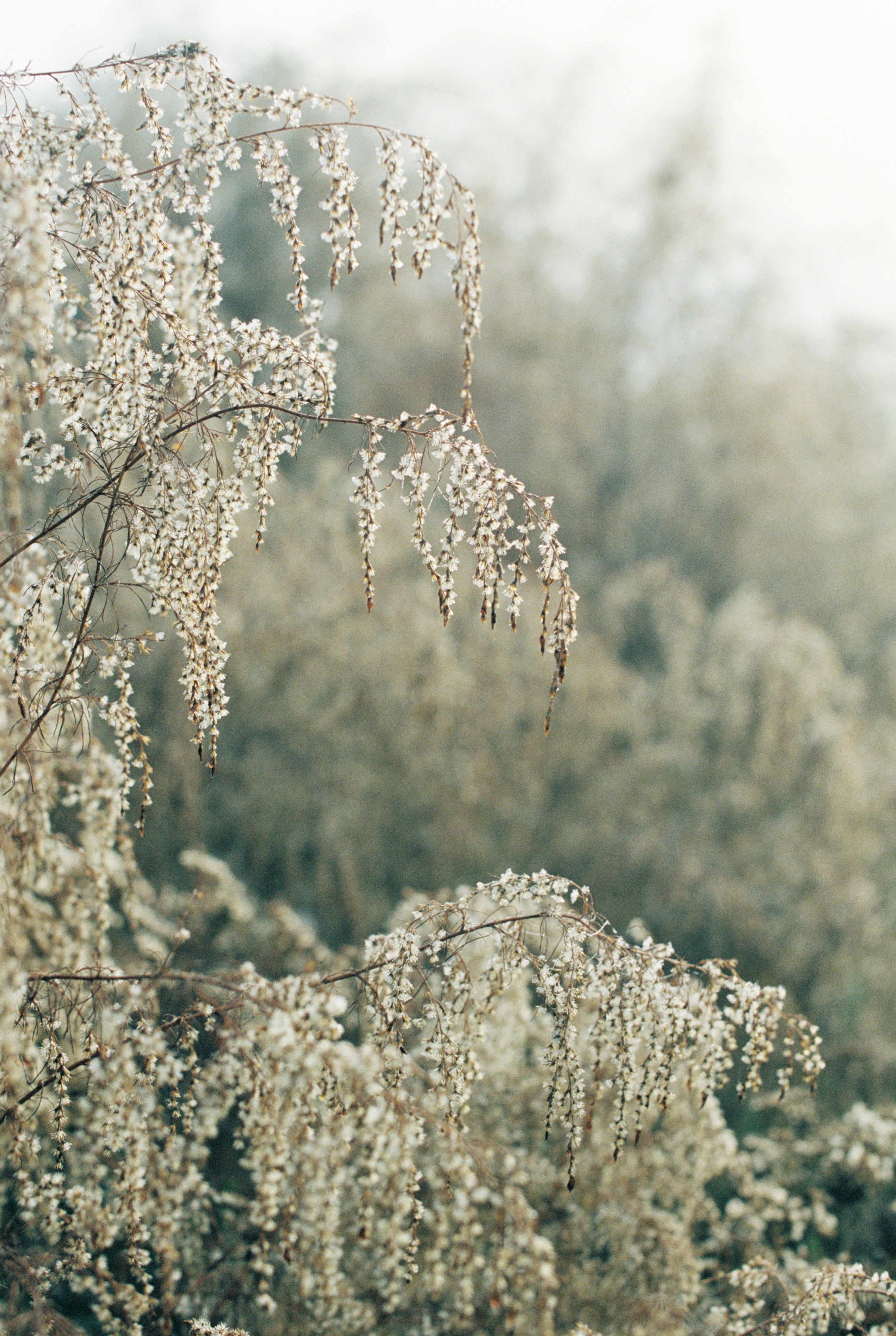

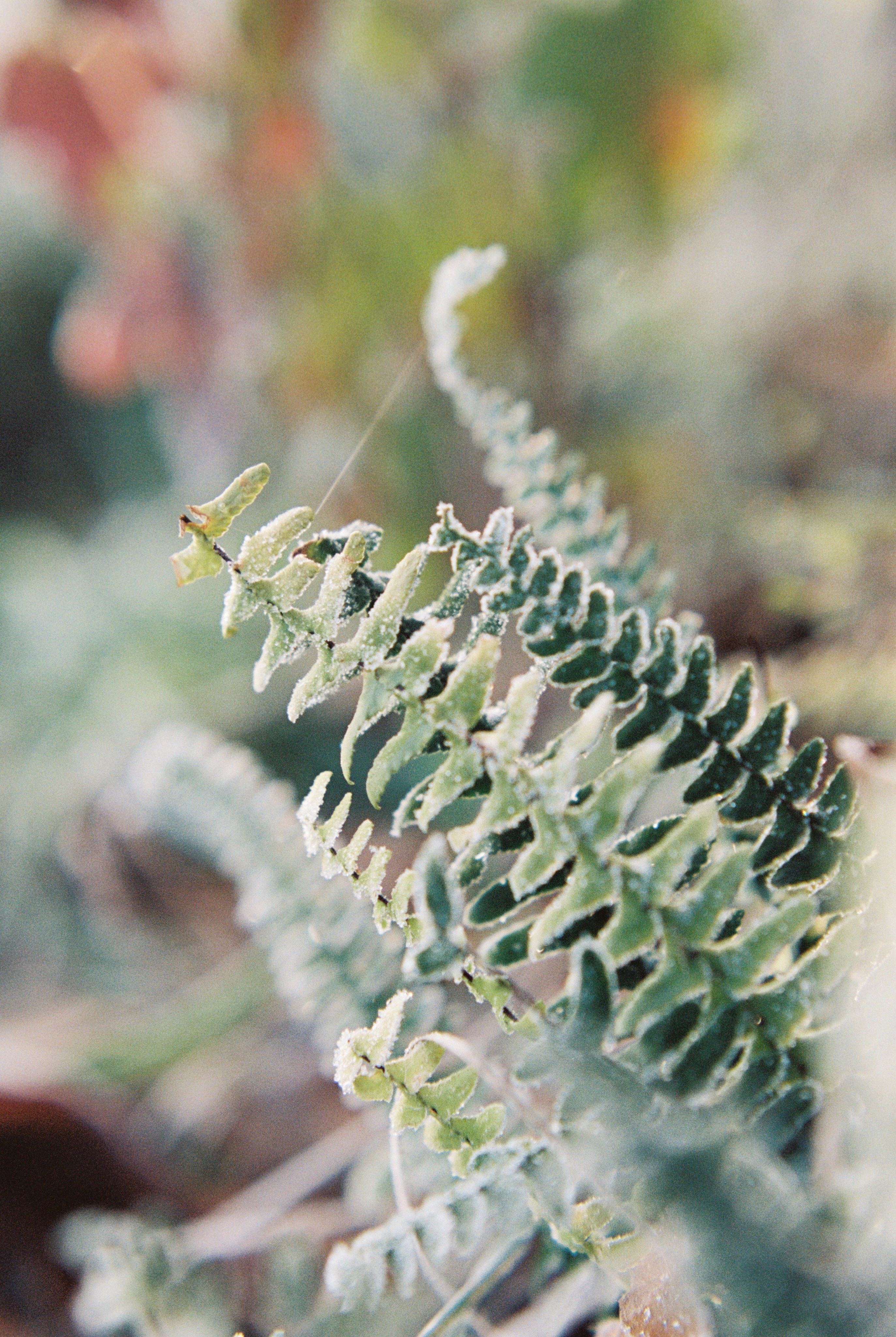
If the concept of maintaining or tapping into your intuition resonates with you, but you’re unsure of how to integrate the process into your lifestyle, here are a few of my favourite habits that help keep up or refresh my intuition (especially since hunting isn’t an easy or consistent option for me, and probably isn’t your first choice either!):
- Early morning quiet time before my family wakes up. I love sitting in front of the fireplace with my Bible, journal, and mug of tea. Notice I didn’t list my phone. I tap into my intuition best if the world hasn’t had a chance to invade my thoughts before I’ve attuned myself to God and spent some time in personal reflection following the night’s rest.
- Walking is proven to stimulate creative thought, so whether I’m using the elliptical, walking through my neighbourhood, or hiking in nature, this activity helps to unleash questions and out-of-the-box thinking. If I schedule time to sit and write afterwards, or even follow up my walk with a voice memo, I consistently experience clarity of thought.
- A hot shower always helps me to shed distractions and refocus my mind if I’m feeling overwhelmed by a long to-do list or am struggling to solve a problem. By the time I turn off the water, I often feel like my decision fatigue has lifted and am able to make decisions with more decisiveness and less internal conflict.
- Creative pursuits such as painting have helped me hone my intuition. When I reach a block in my creative process, I trust that my intuitive process will lead me in the right direction. I can also sense when I need to put down my brush, because if I don’t, I’ll begin to make a mess of my work. Painting is a process that helps me to recognize when my intuition is telling me to pause. When I pay attention to that internal stop light in my creative pursuits, I am able to recognize that same alert when it flares up in other areas of my life, and pause or backtrack as needed.
- Limiting the world’s voice through carefully curating the content I ingest is integral to keeping my intuition sharp. News, social media, and entertainment all have a place in my life, but I have to be extremely picky about the quality and the quantity I allow into my day lest it drown out God’s Word, my own intuition, wisdom of wise counsel, and the input of those who matter most to me.
- Social boundaries are probably the hardest element to implement in order to maintain my intuition, but I know that when I am over-scheduled or there is not enough time in my schedule for the silence, stillness, and solitude needed, I risk reducing my intuitive acuity. I am a social introvert, and experience a constant tug-of-war between saying ‘yes’ to social activities and prioritizing more restful, quieter ones that help keep my intuition ‘levels’ at their peak. However, when I look at the ‘long game’, I remember that rest helps me keep my calendar, social activities, and obligations sustainable, my decisions free from guilt, and my relationships as healthy as possible.
It can feel overwhelming to know where to begin when it comes to tapping into your intuition, but taking just one quiet walk or a half an hour of solitude before the world wakes up, and then repeating the process on a regular basis, can make a massive difference in how you tap into and utilize your intuition. There are many times when, in spite of what logic or rationale may dictate, we experience a nagging feeling that nudges us towards everything from how you pray for someone, to whether or not you get that spot or lump checked out, to an unease about the presence of a certain co-worker or neighbour, to that urge to help a stranger. We were given intuition for a reason, but if it’s not nurtured, it cannot serve the purpose it was meant to fulfill.

If you are longing for an extended time of rest that would enable you to tap into your intuition more fully, why not join me on my Women’s Walking Retreat in the Cotswolds. During our week of walks through the English countryside, you’ll have the time and space to let decision fatigue fade, the natural world speak to your senses, your spiritual life deepen, your imagination flourish, and your intuition reawaken. If you’re feeling conflicted, burdened, overwhelmed, or in need of a re-set, my Women’s Walking Retreat has been designed with you in mind.
As we walk, we’ll stop in ancient churches along the way where you’ll have time to pray or journal, and where we’ll sing hymns and connect. I’ll be teaching on creativity and rest throughout the retreat so that you can take the restoration and inspiration you experience and integrate it into your rhythms back home. My co-leader is a trained therapist and will be providing support if you’d like to process with her. This retreat is designed to offer a time of restoration and inspiration that will serve you for years to come. Please email me at hello@bringinginspirationhome.com if you are interested! You can also click HERE for details.
I hope to see you there! — Jaime
“I could not have been so alert and attuned to my intuition had I not embraced the trifecta of silence, stillness, and solitude.”

